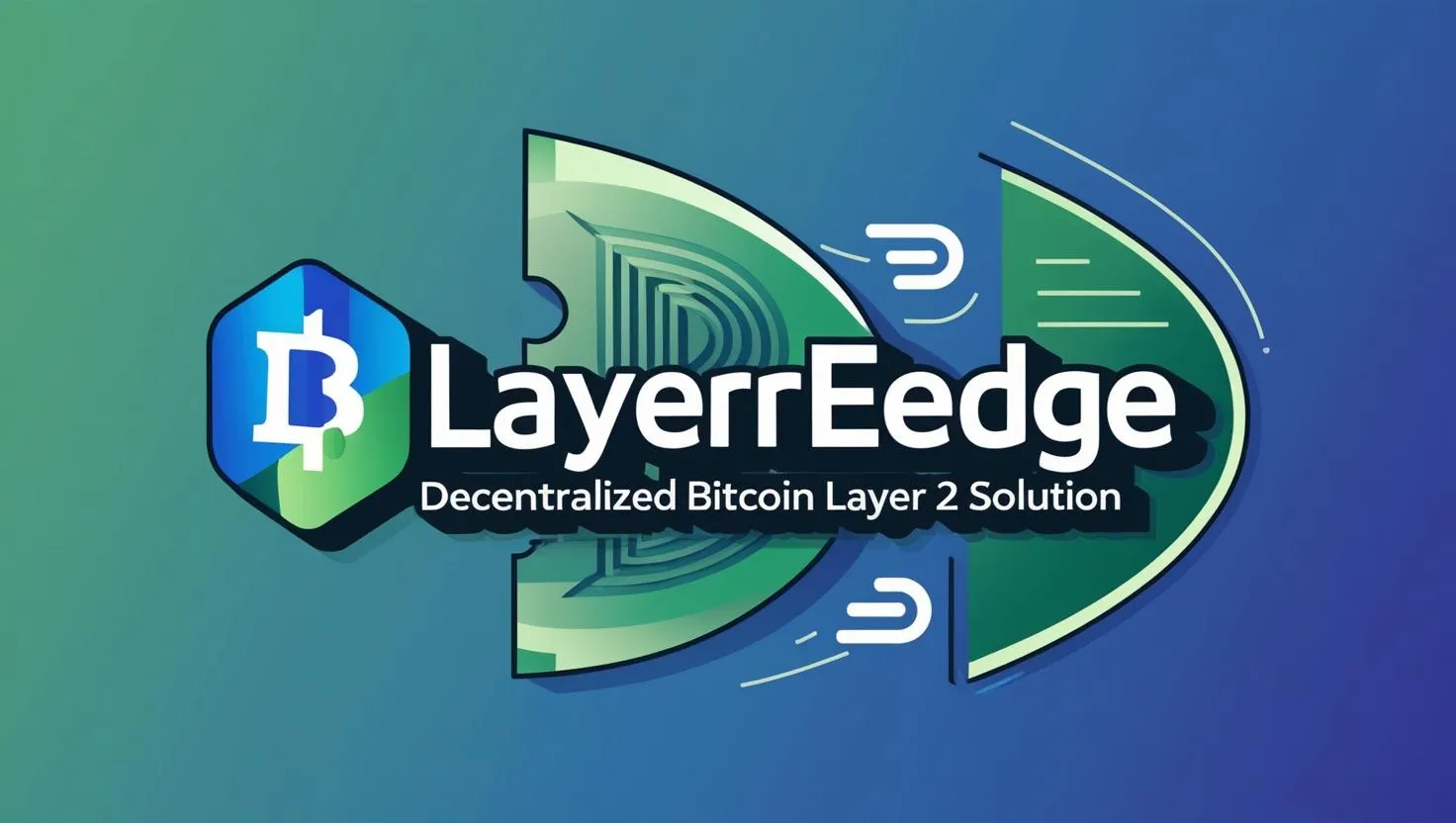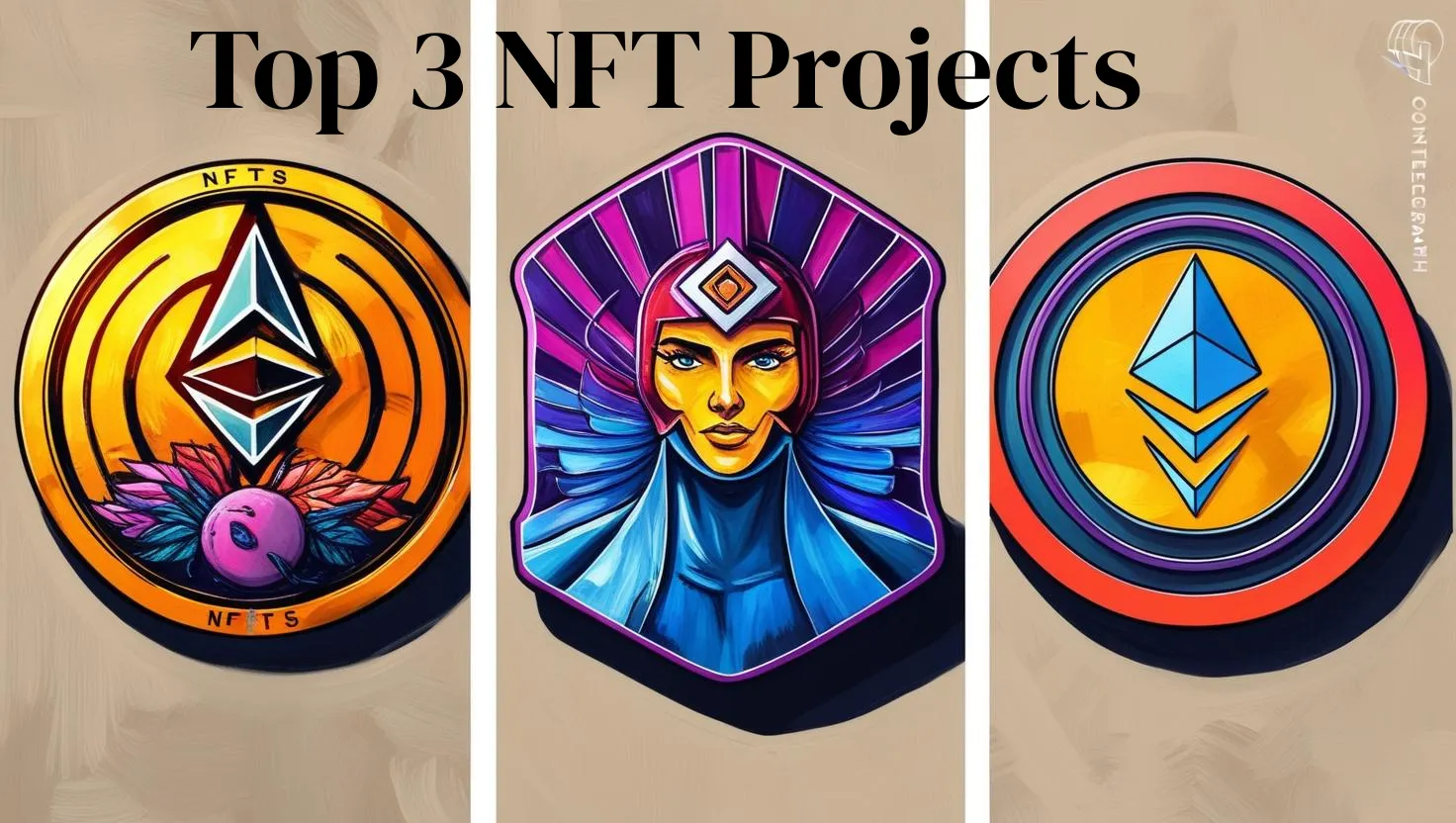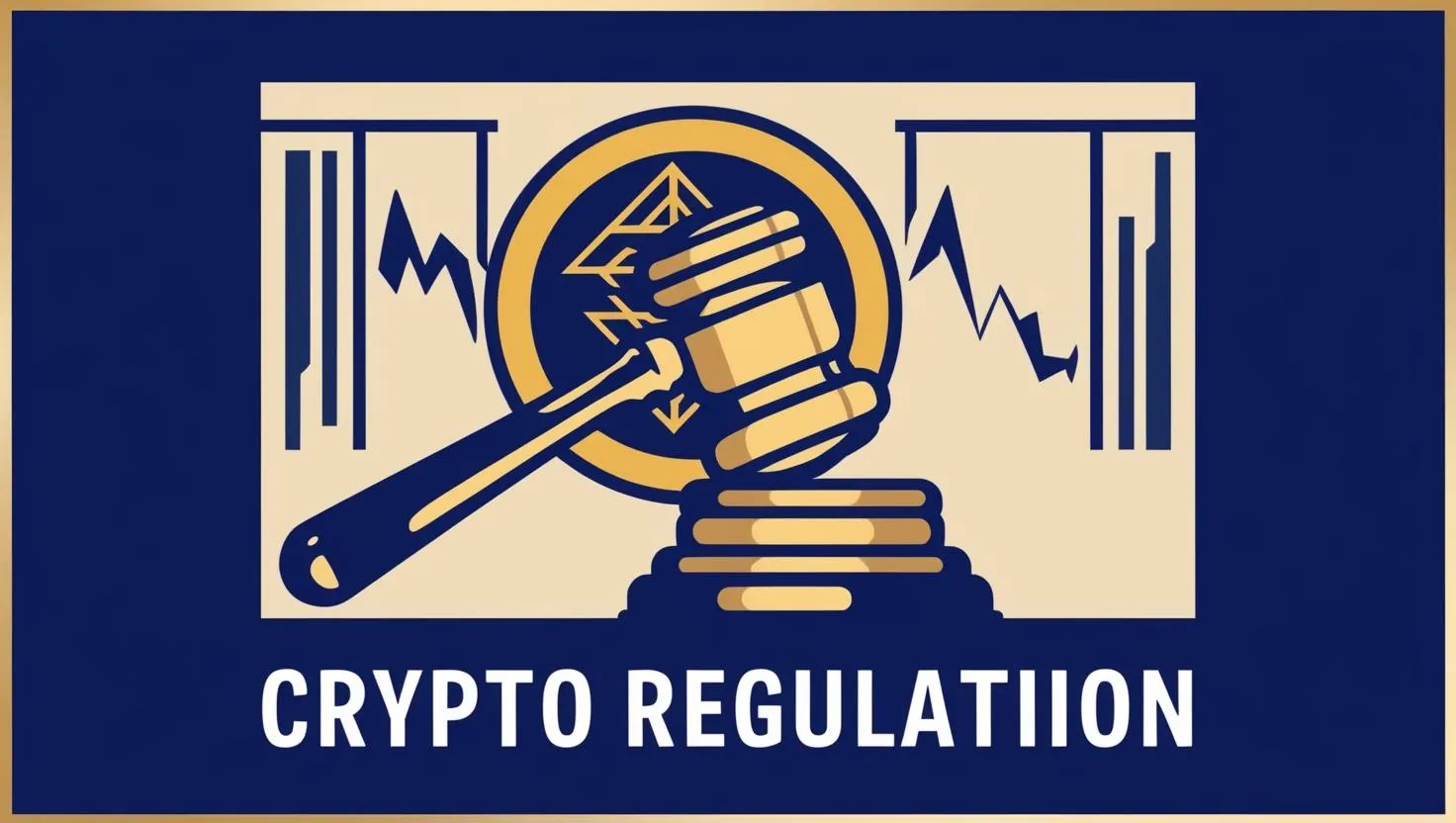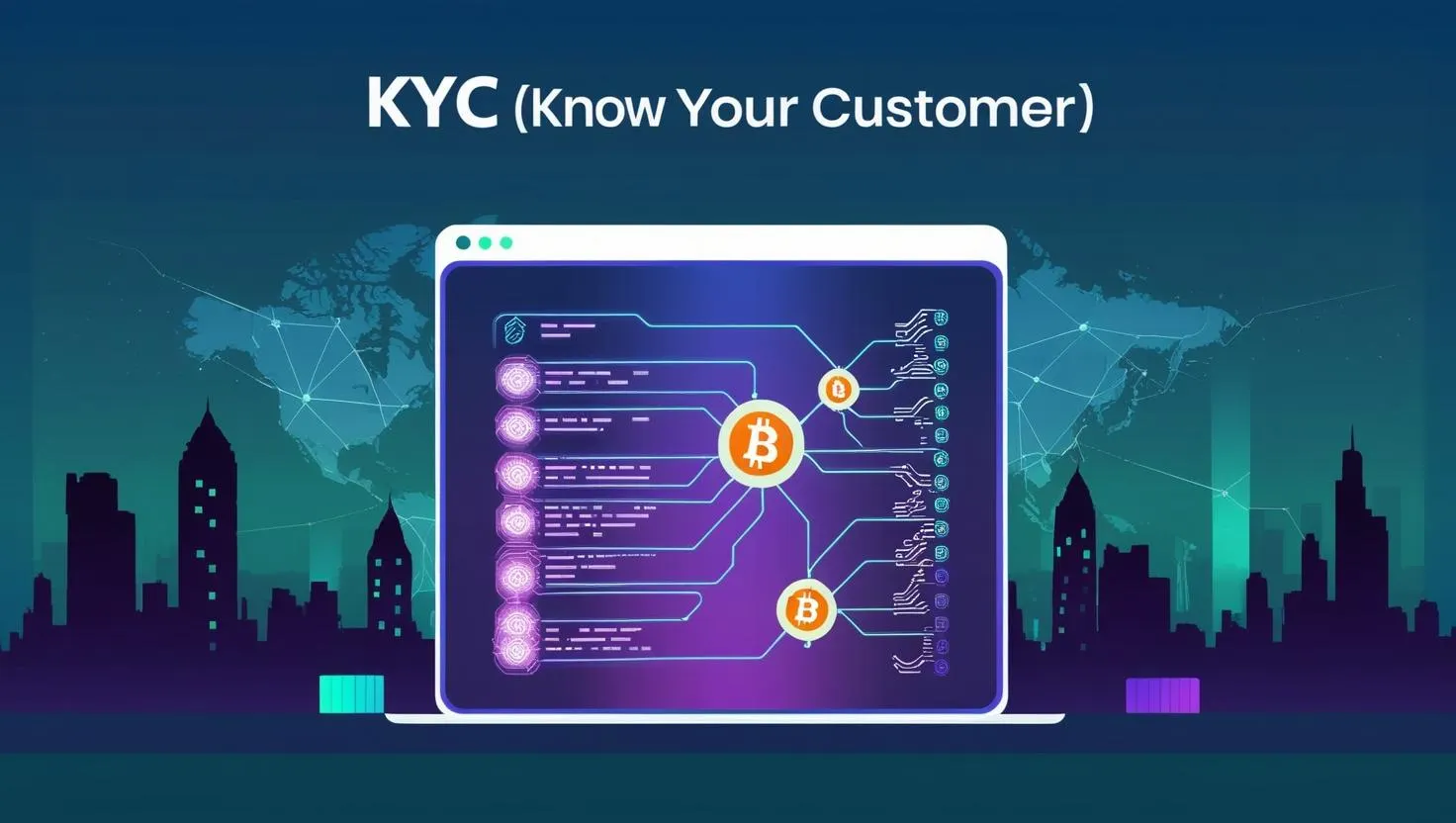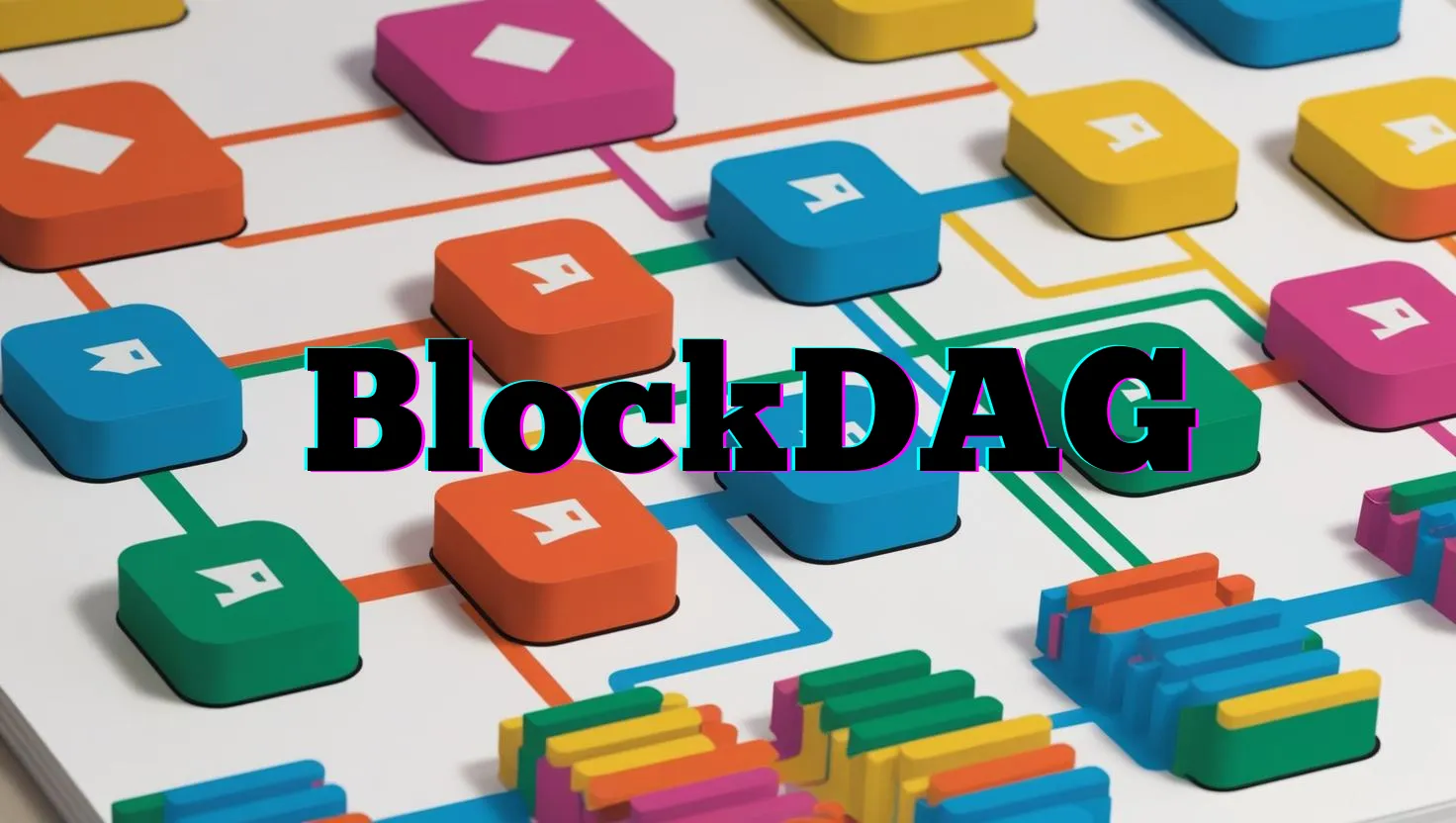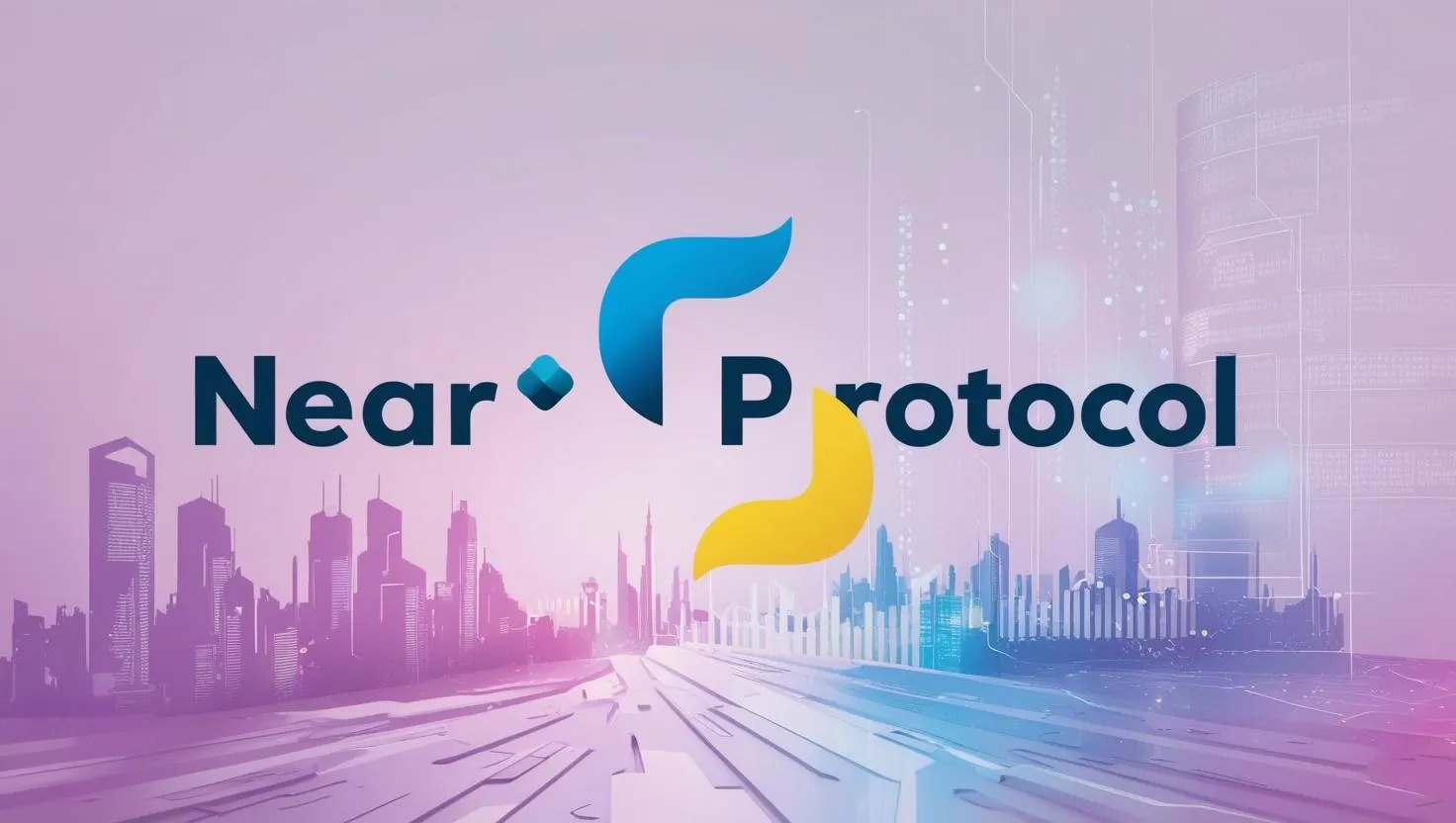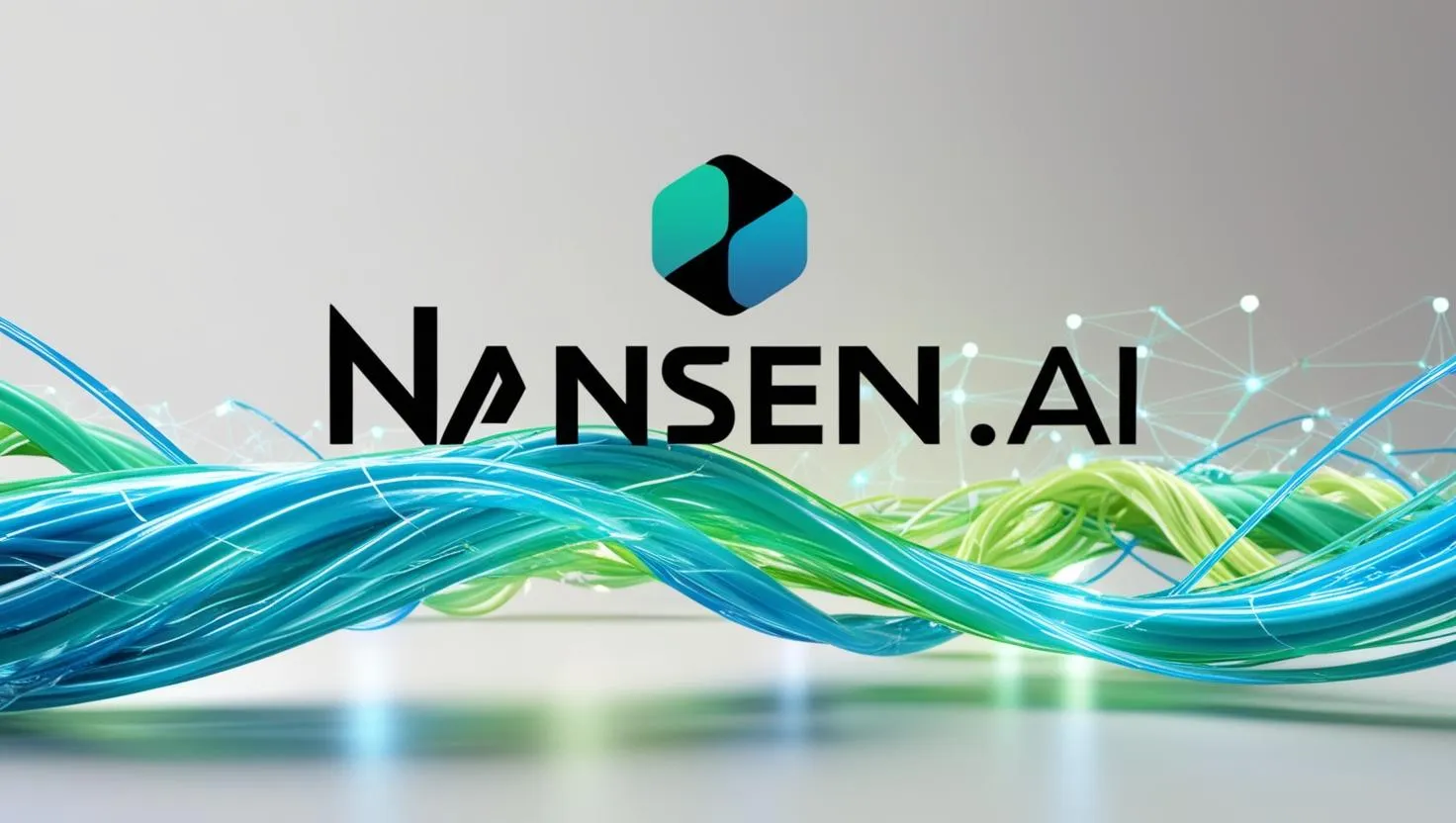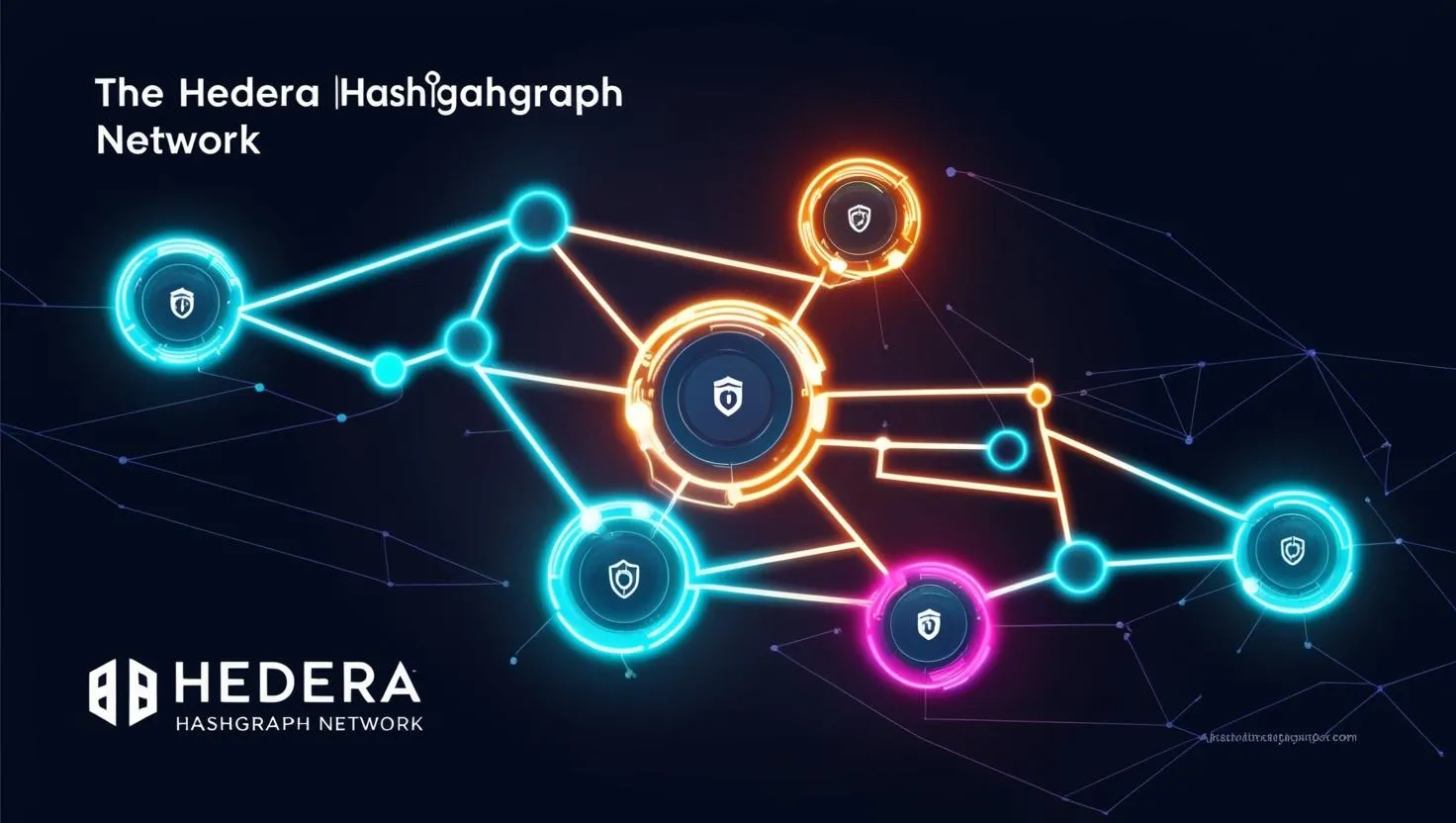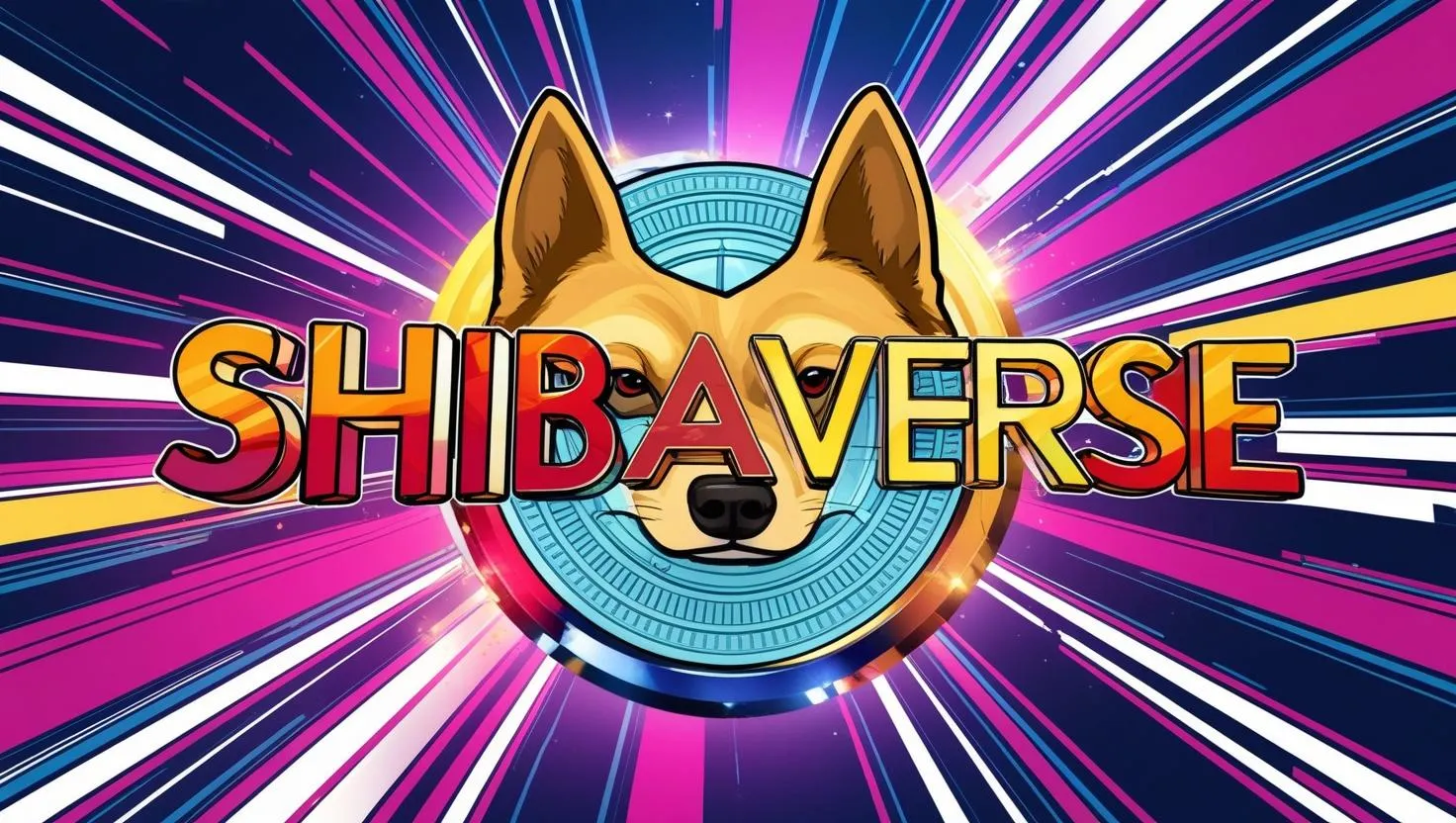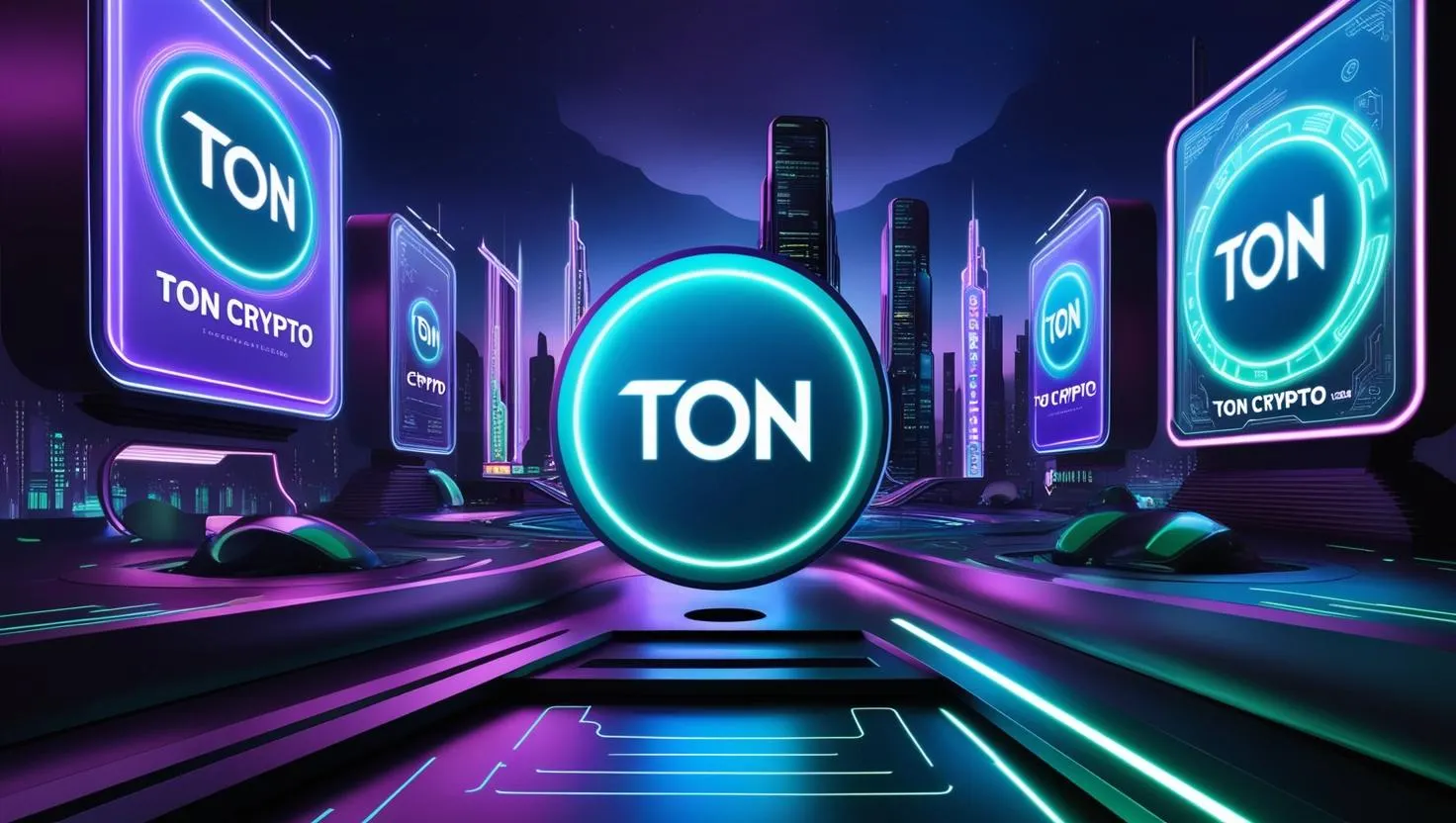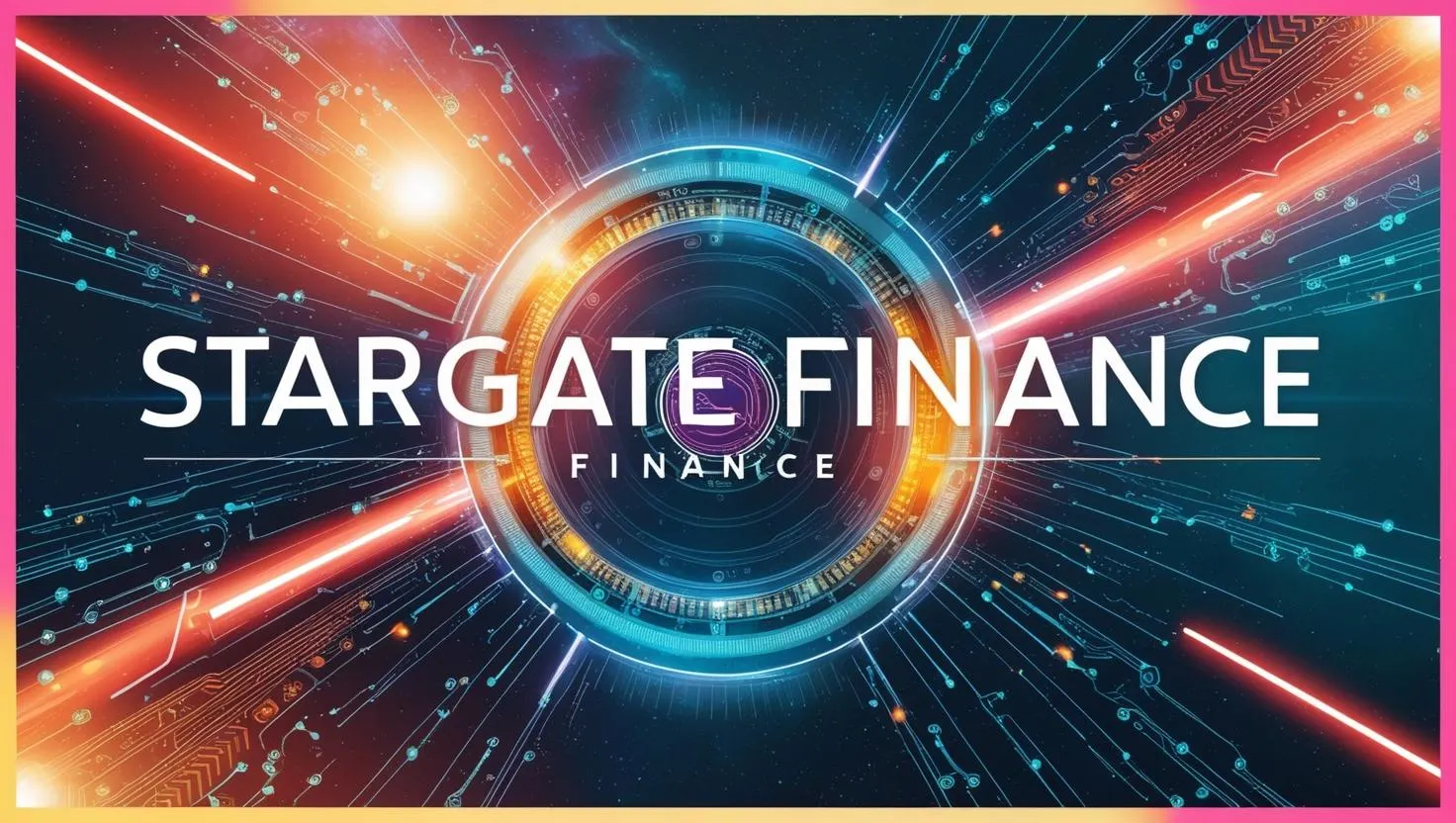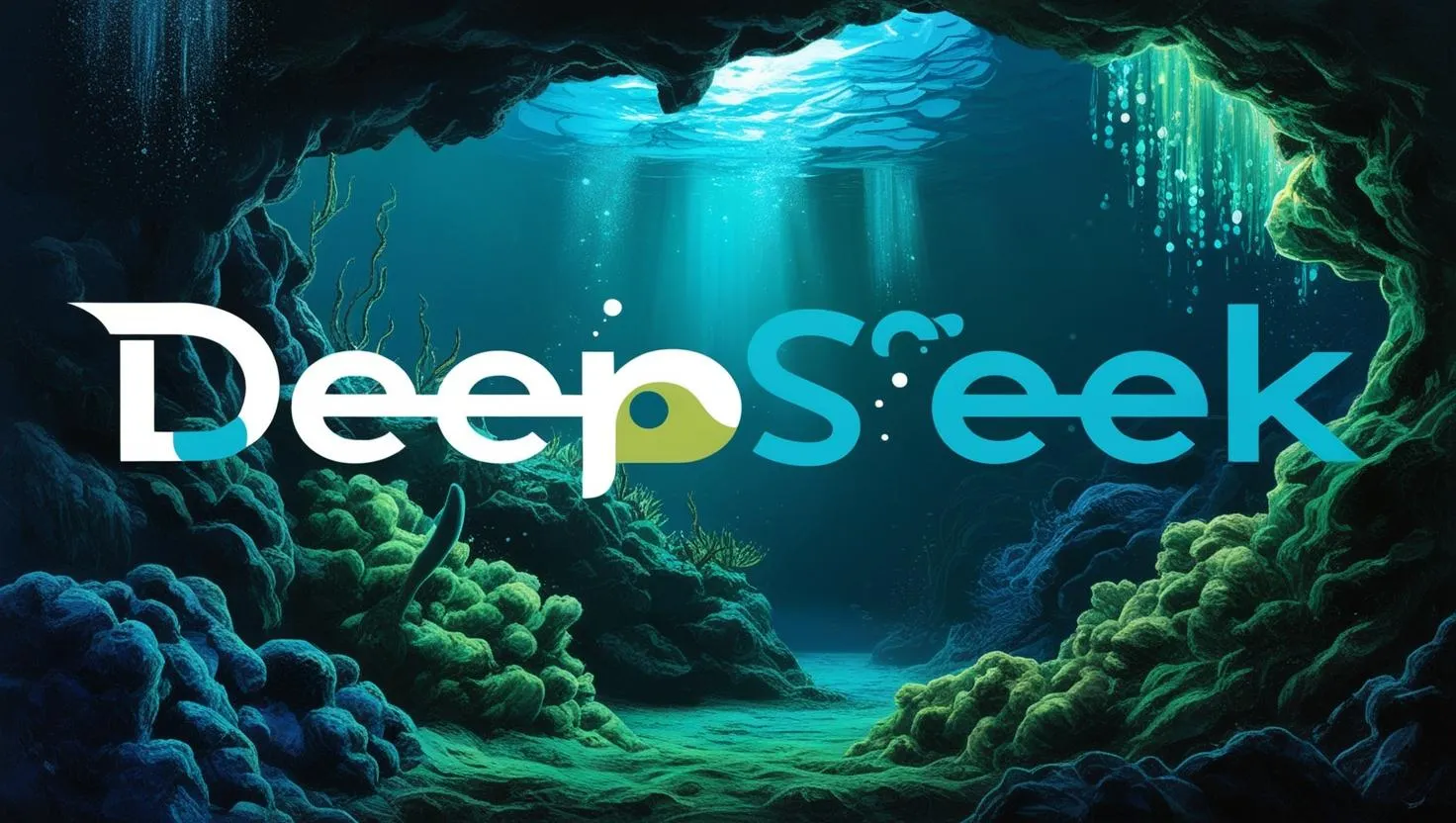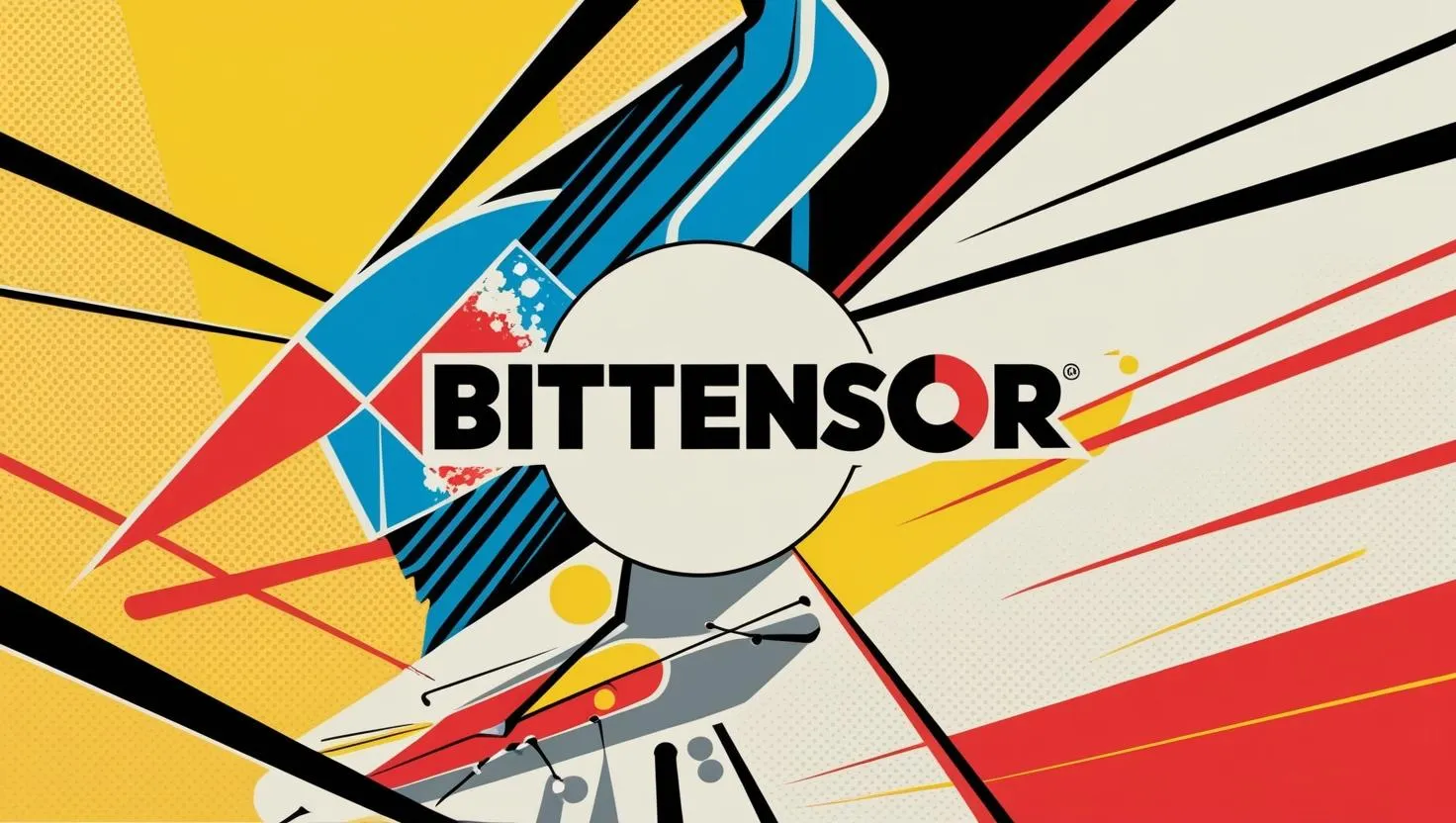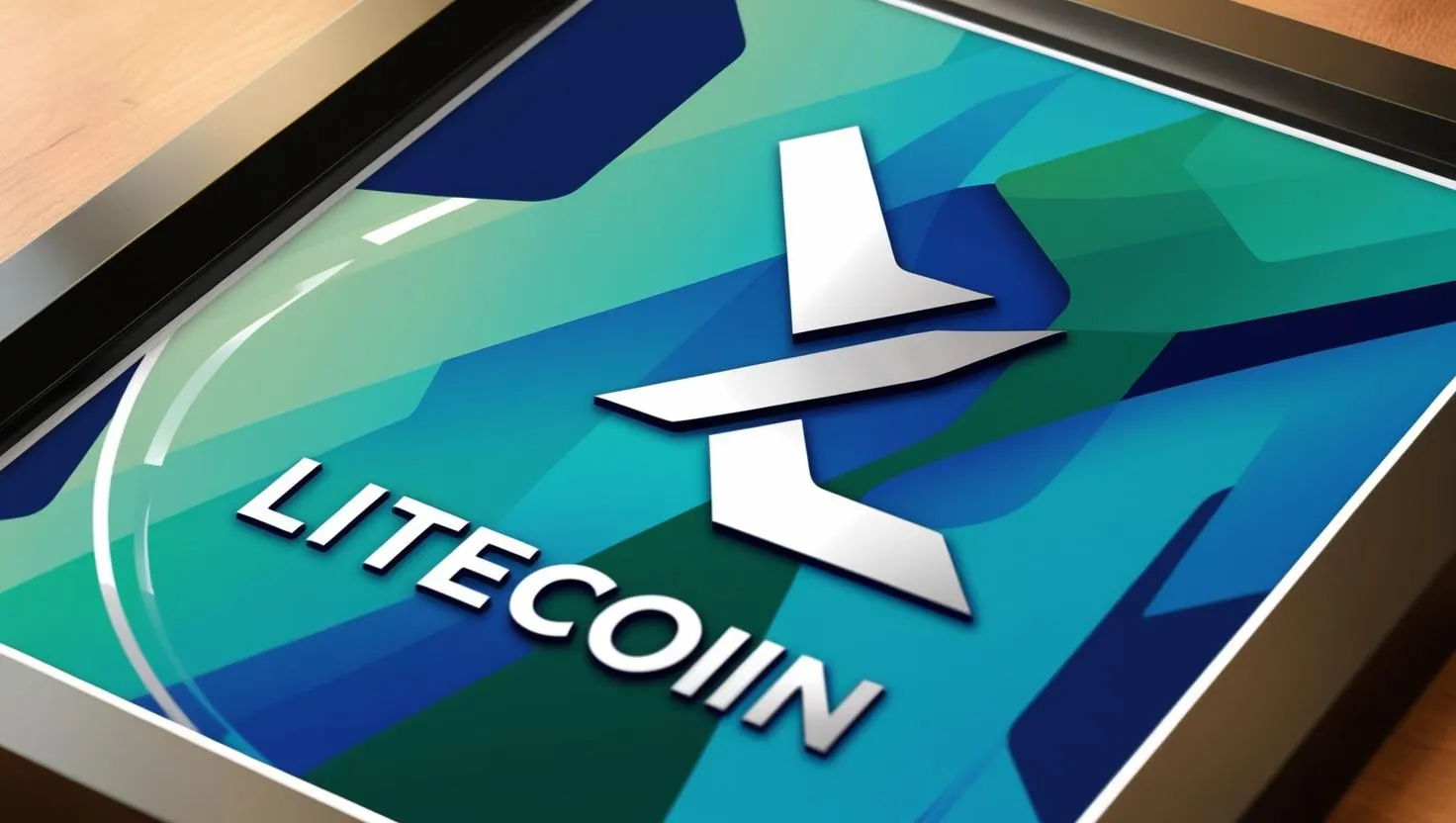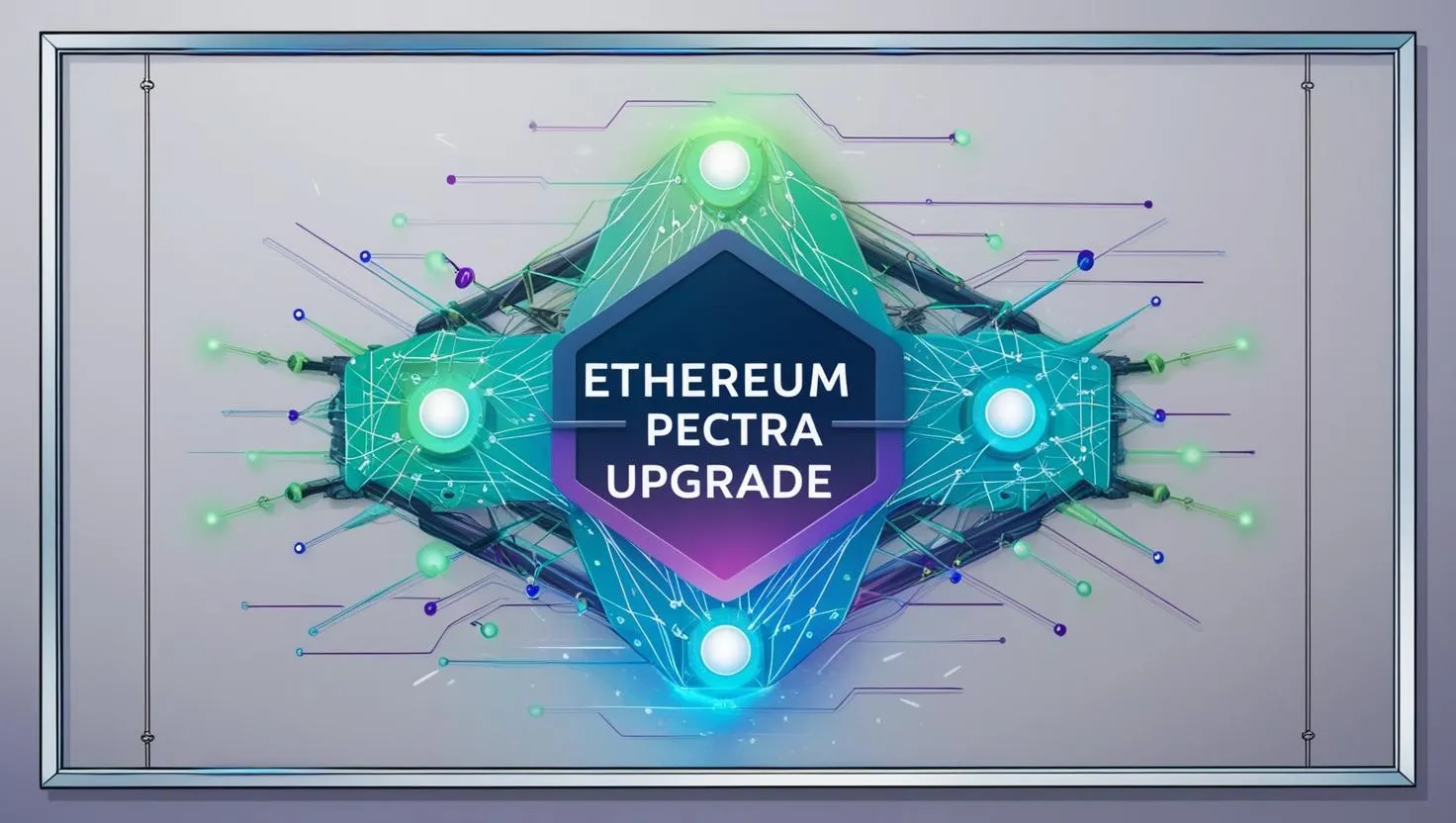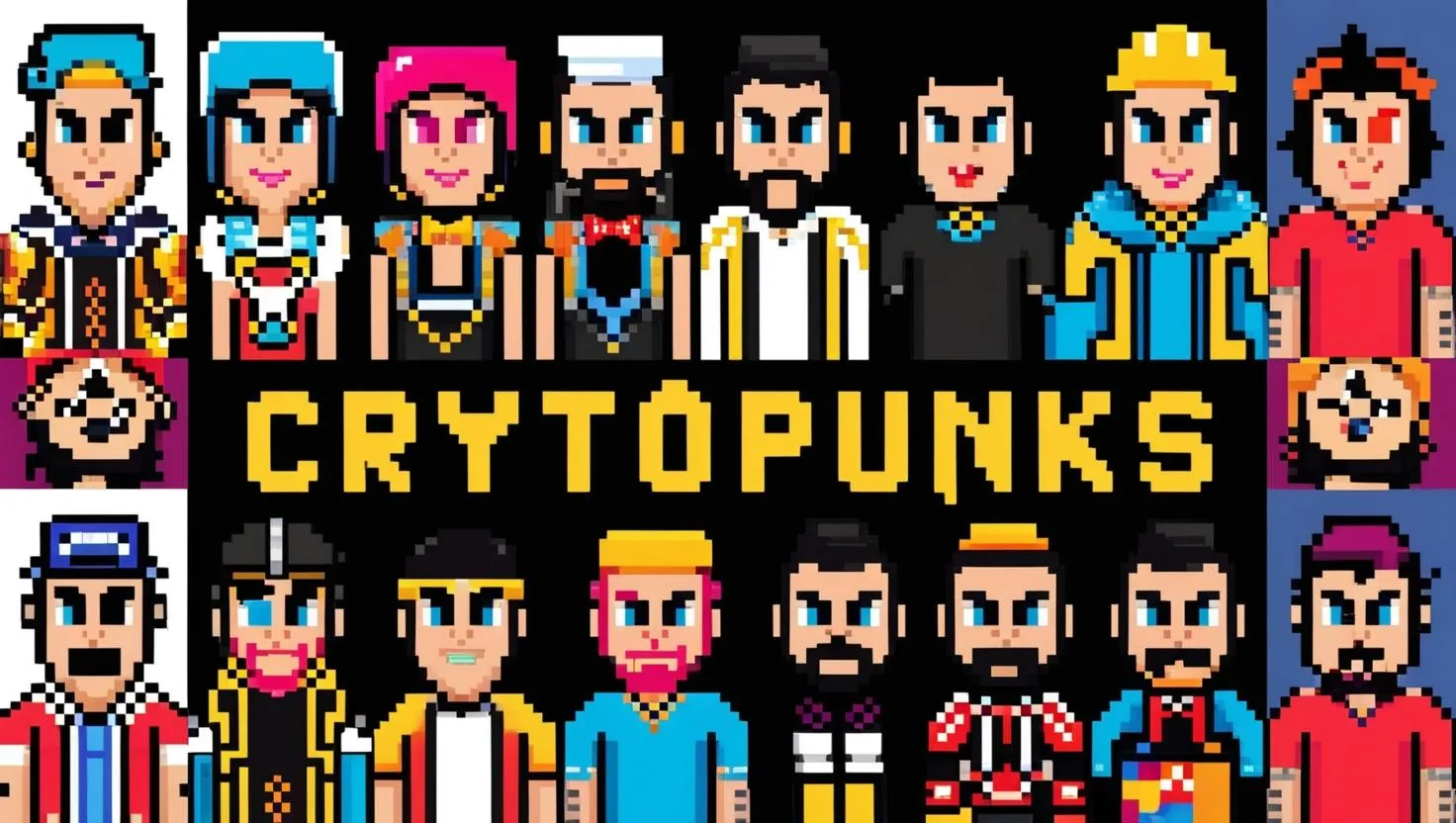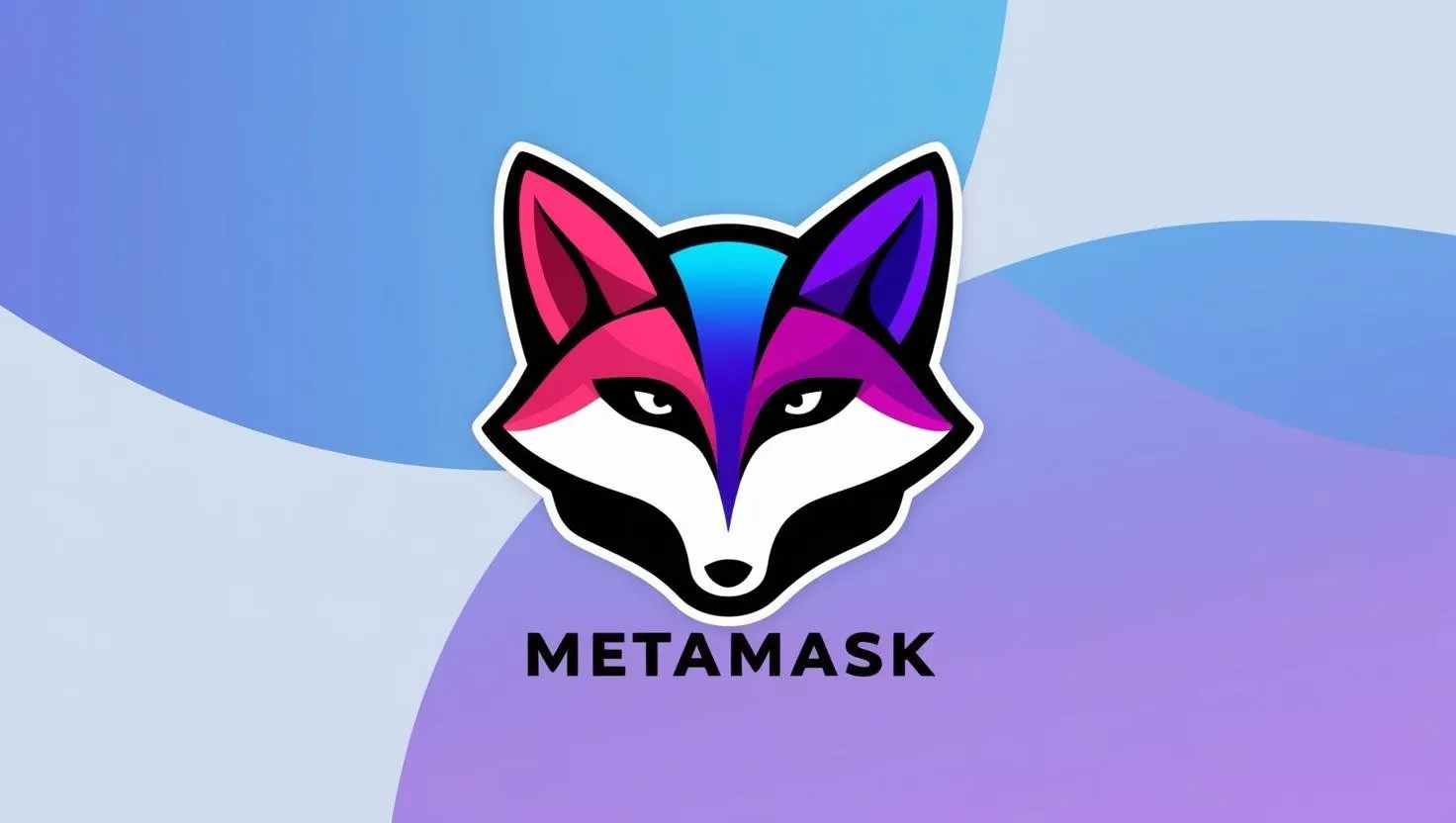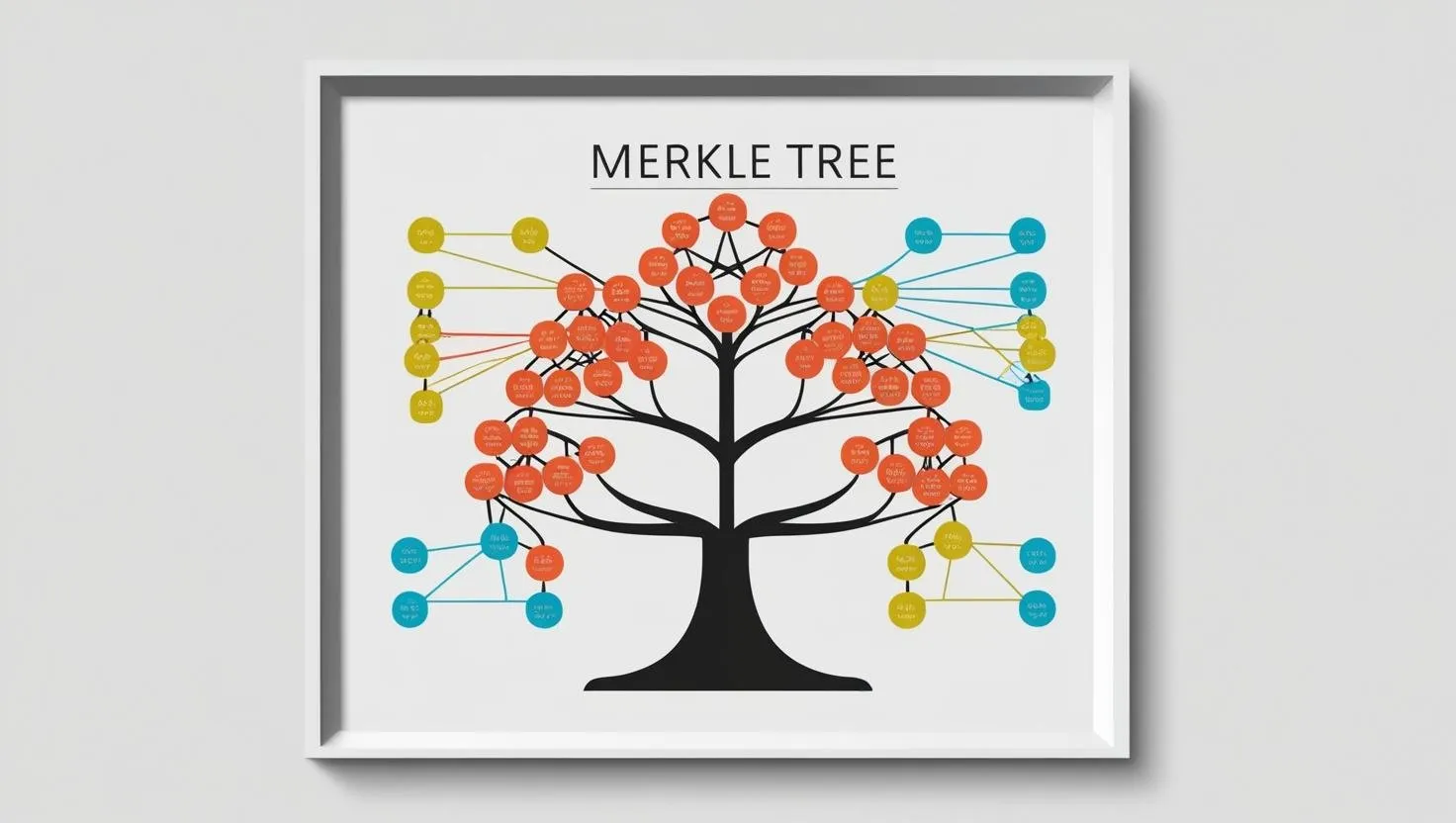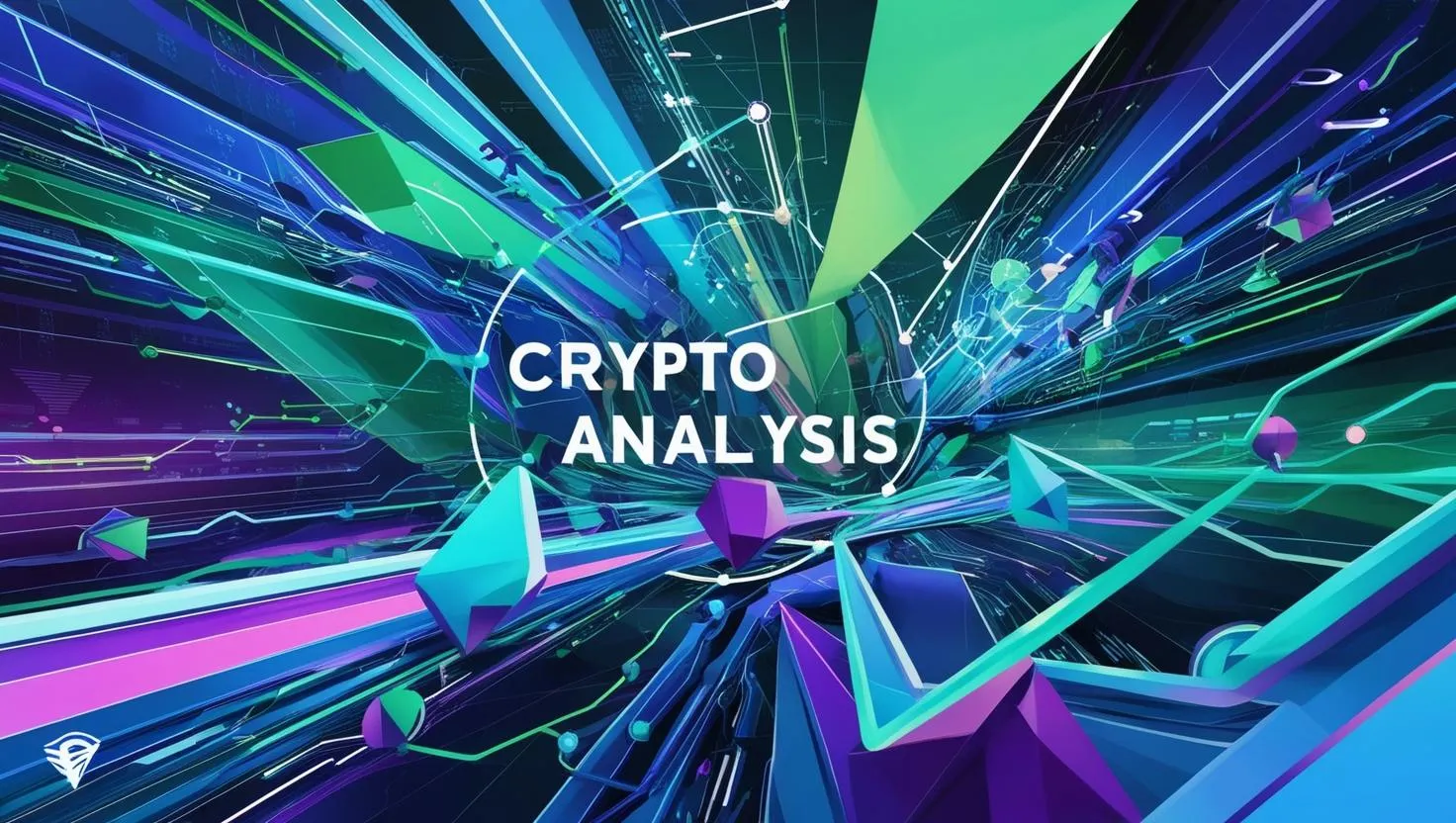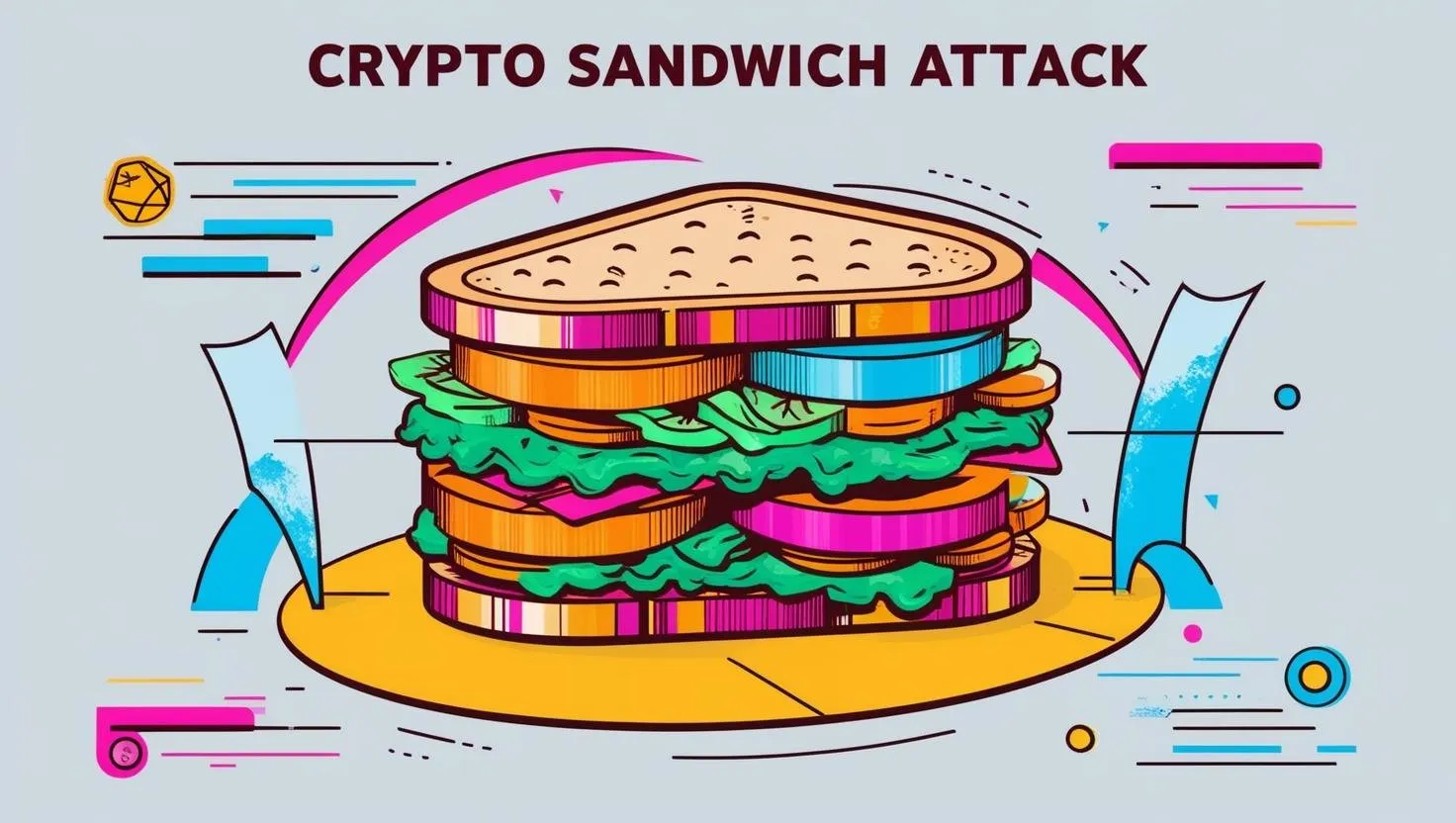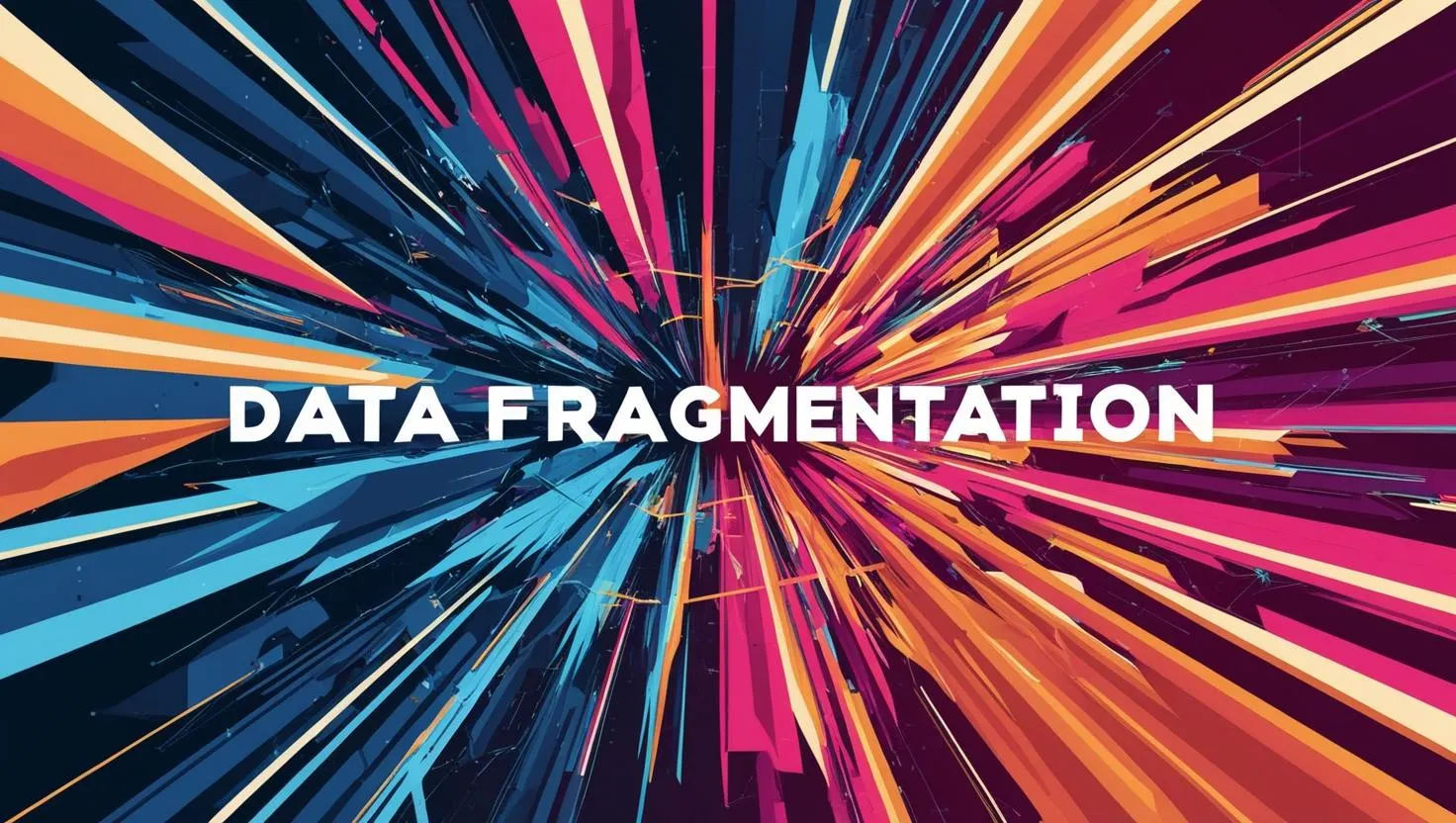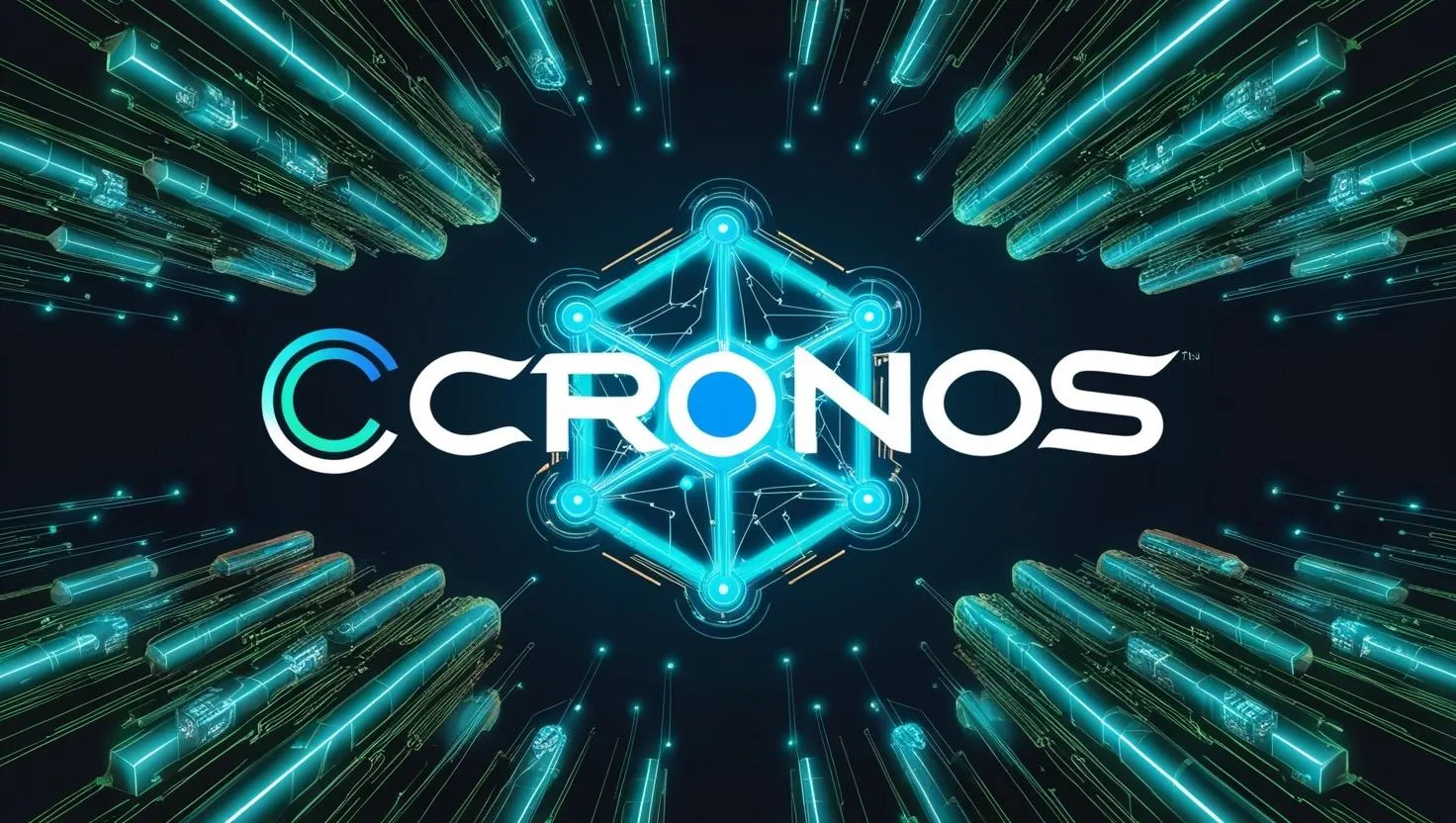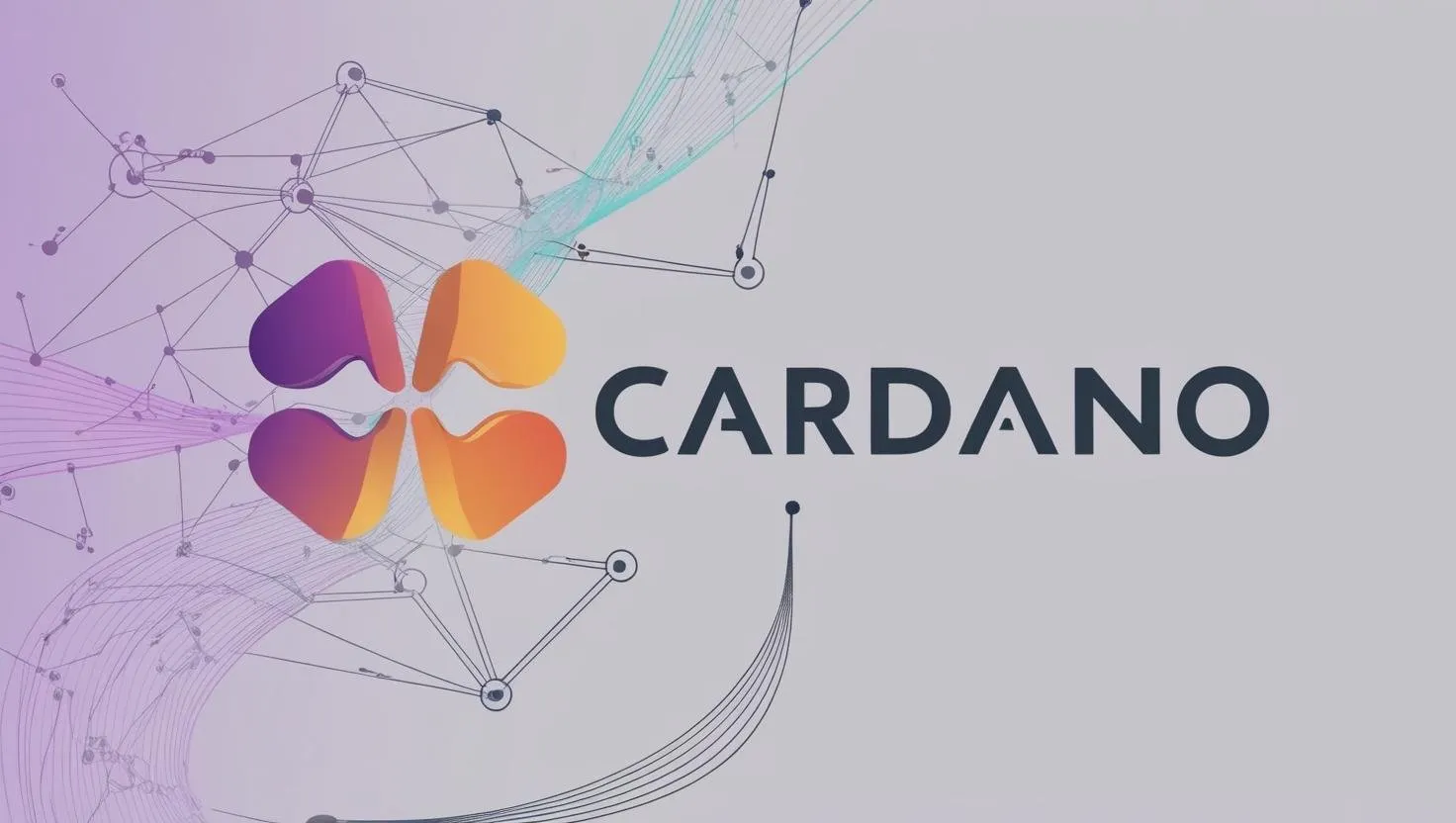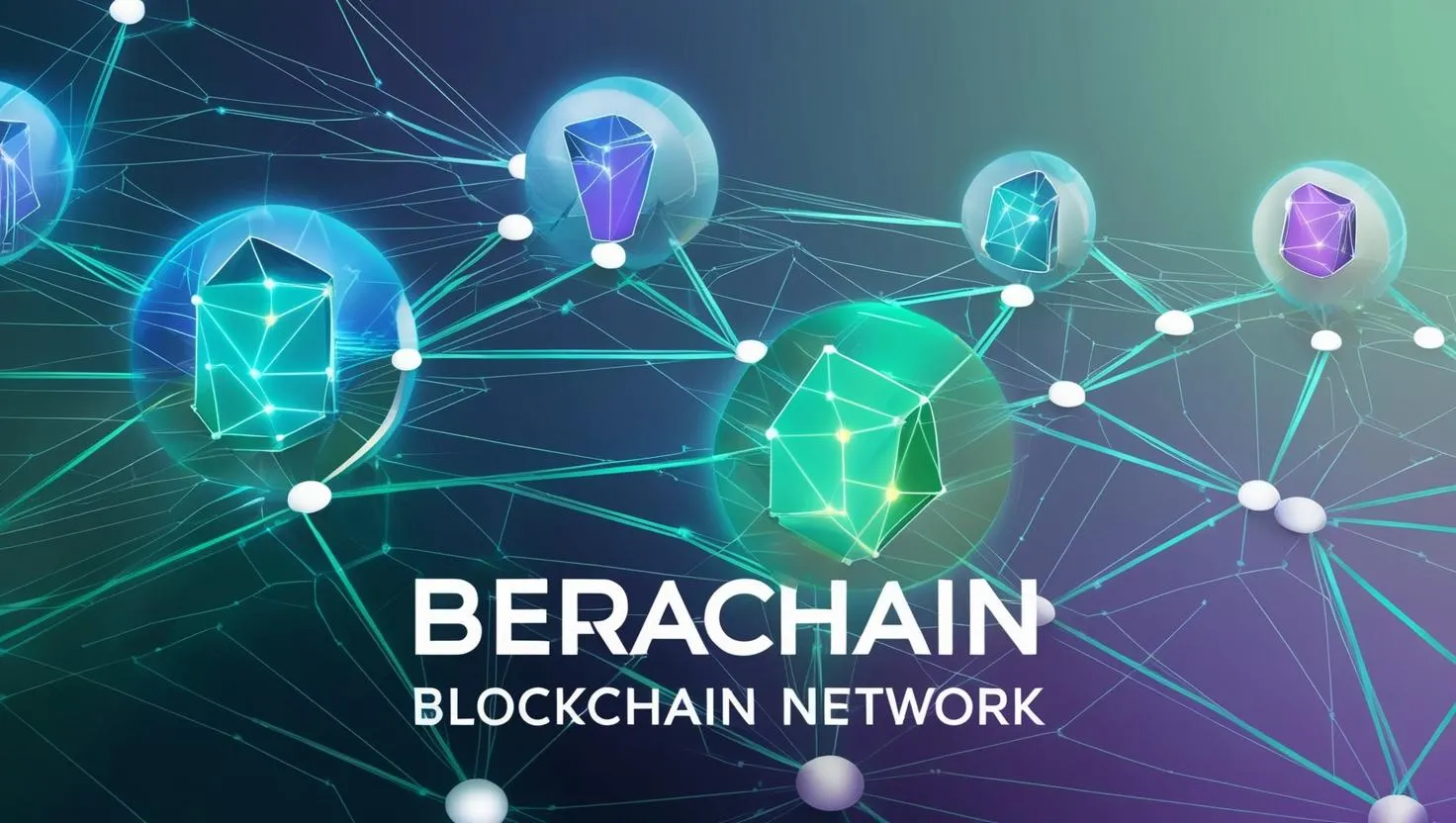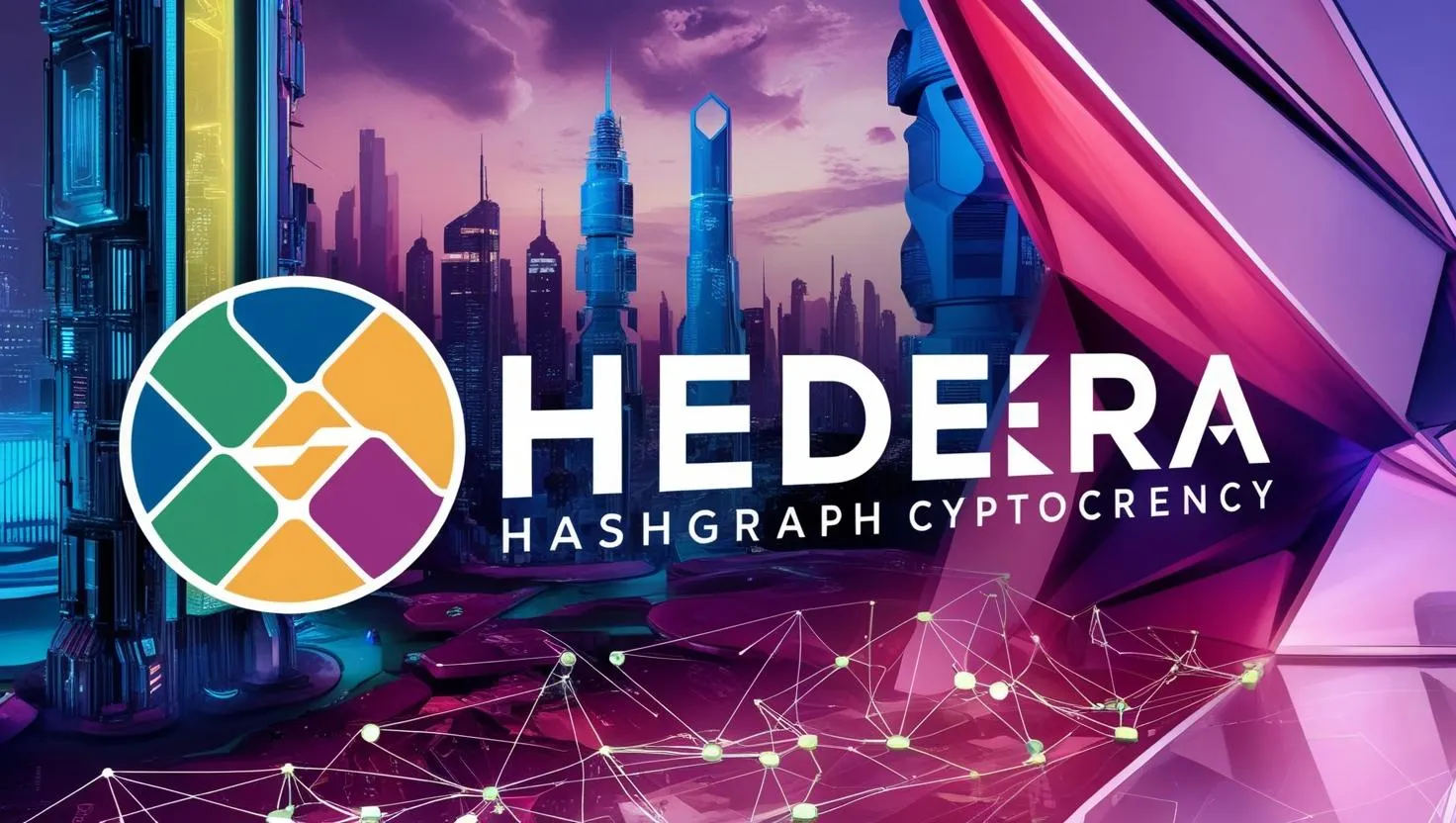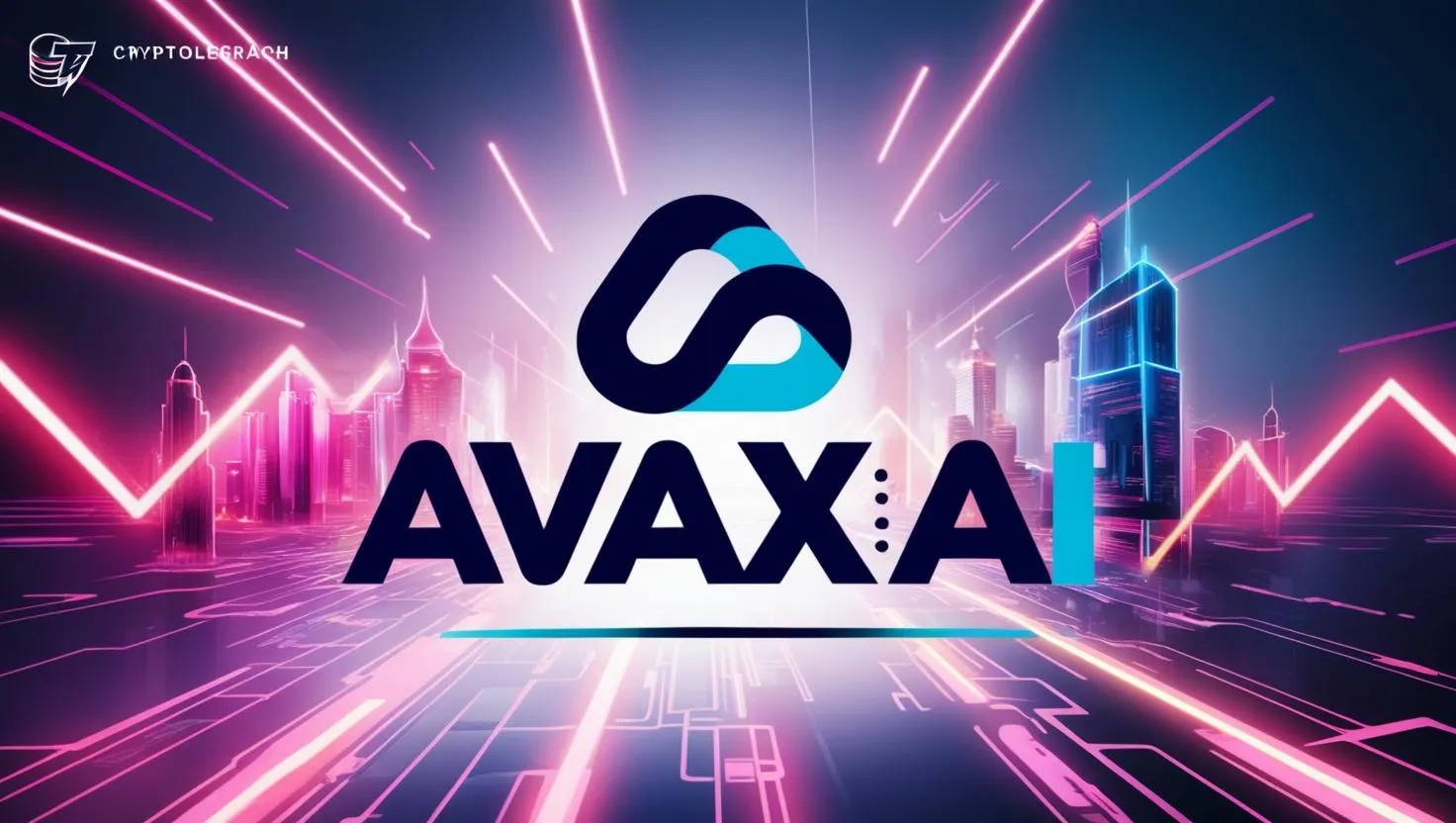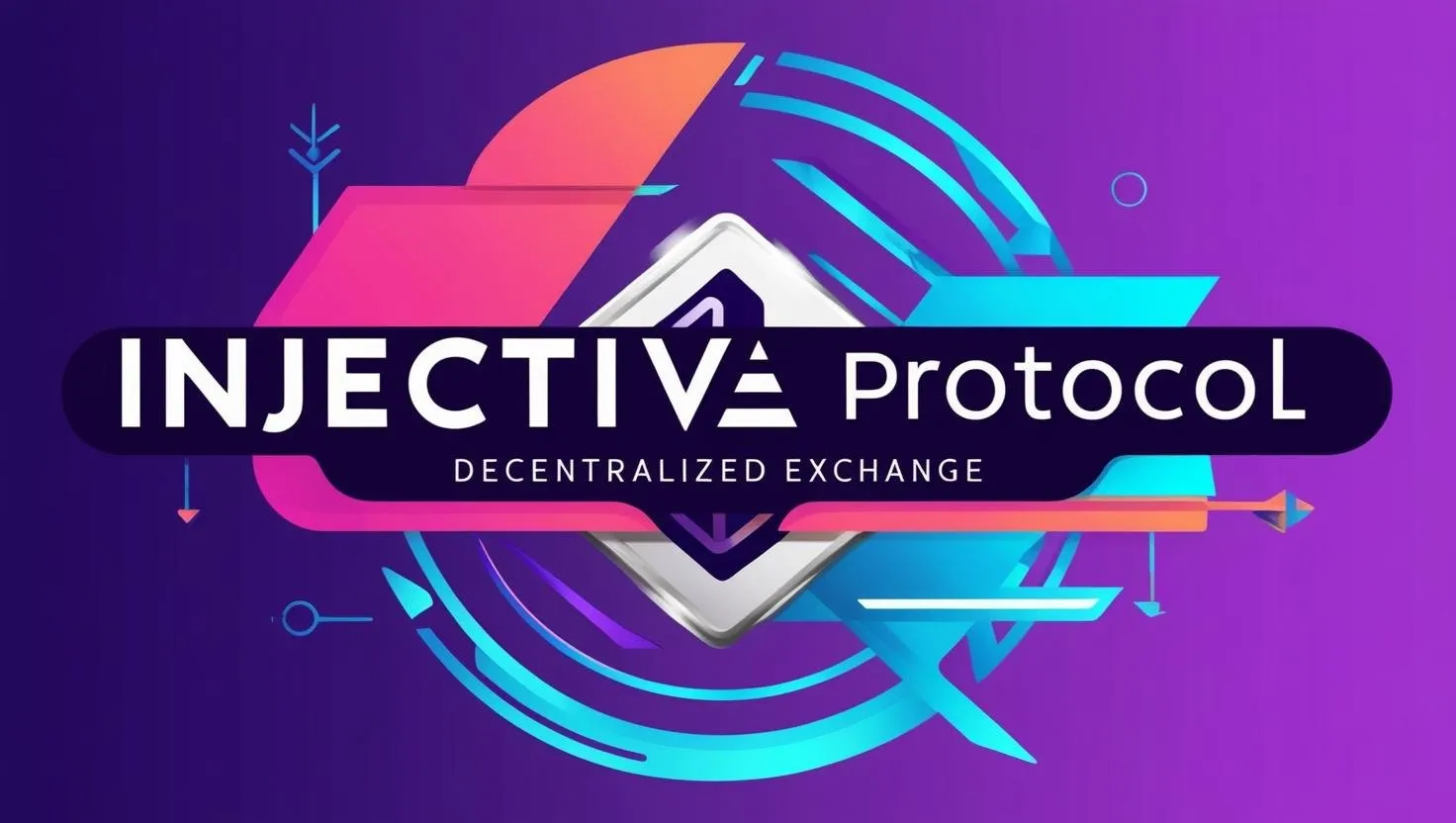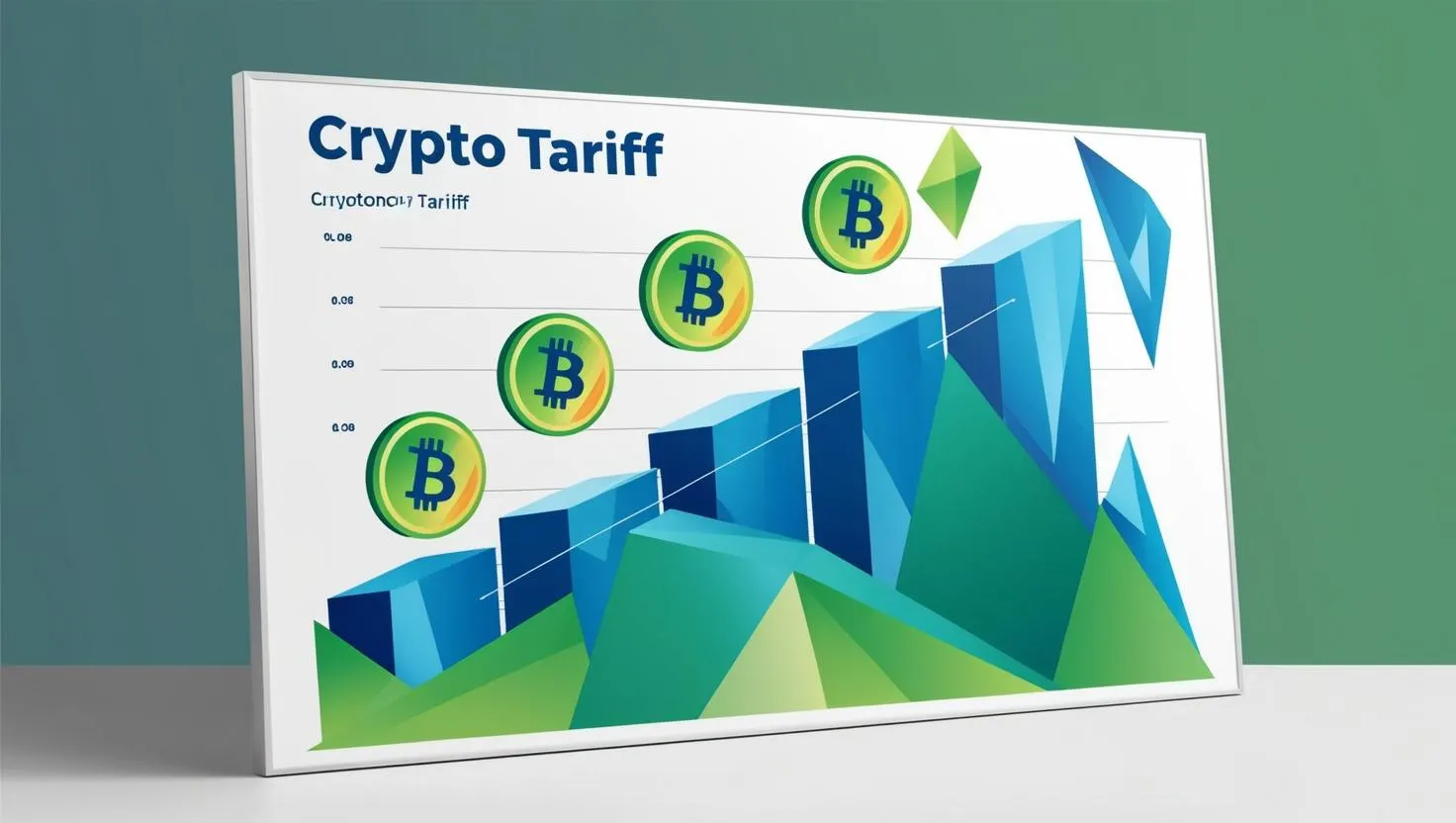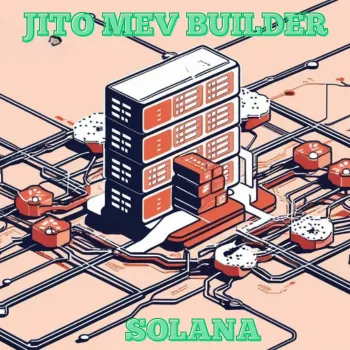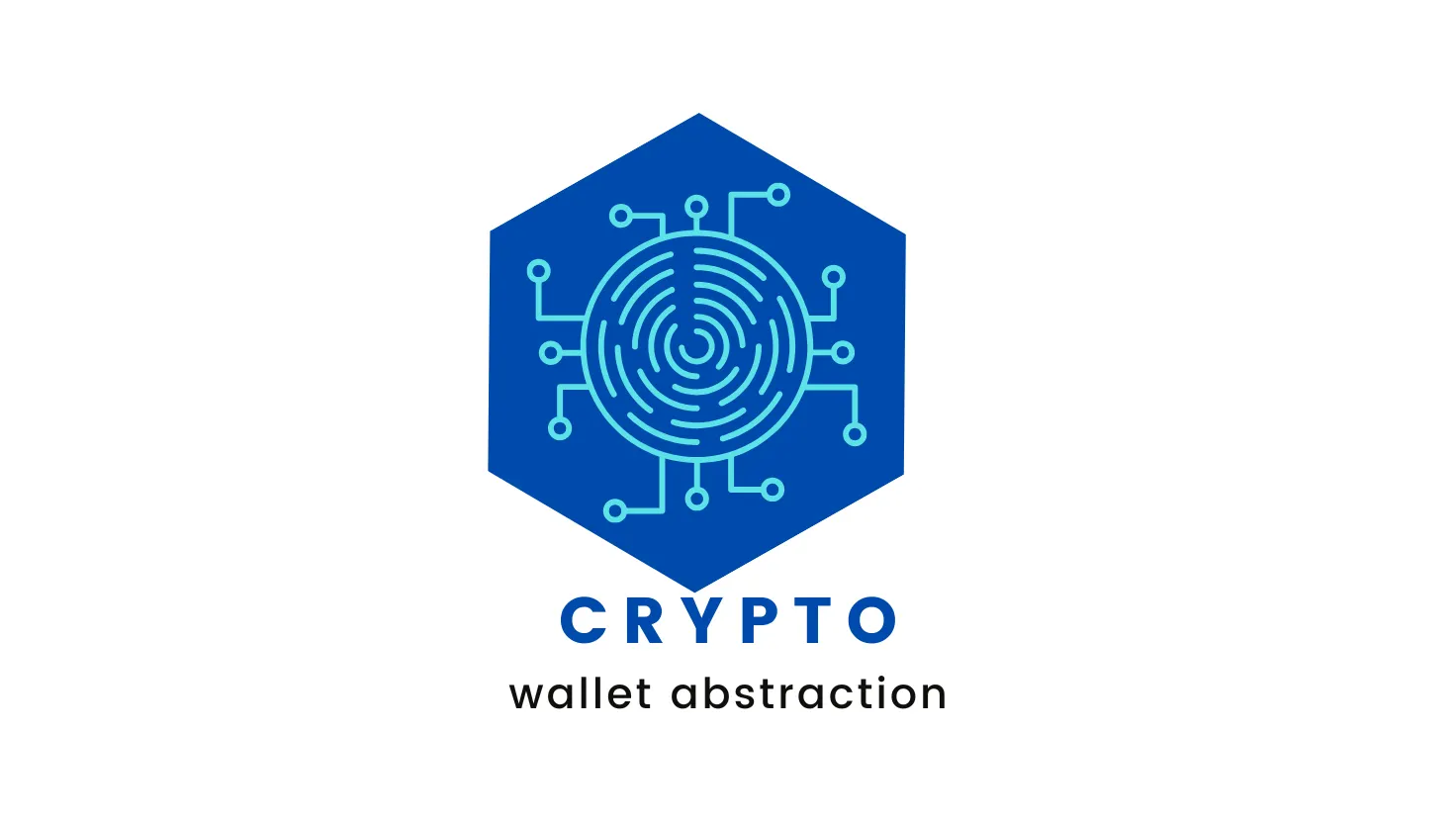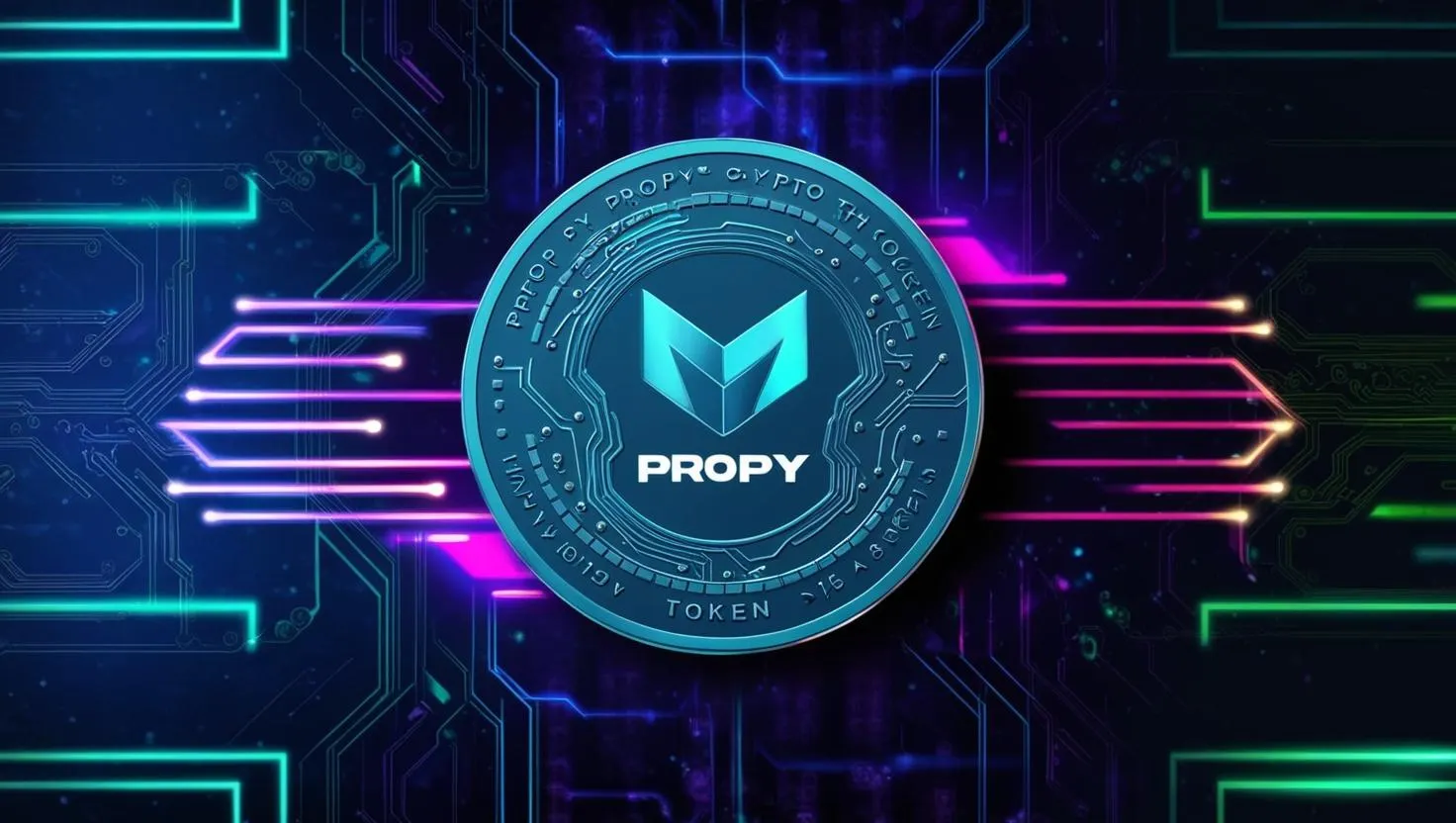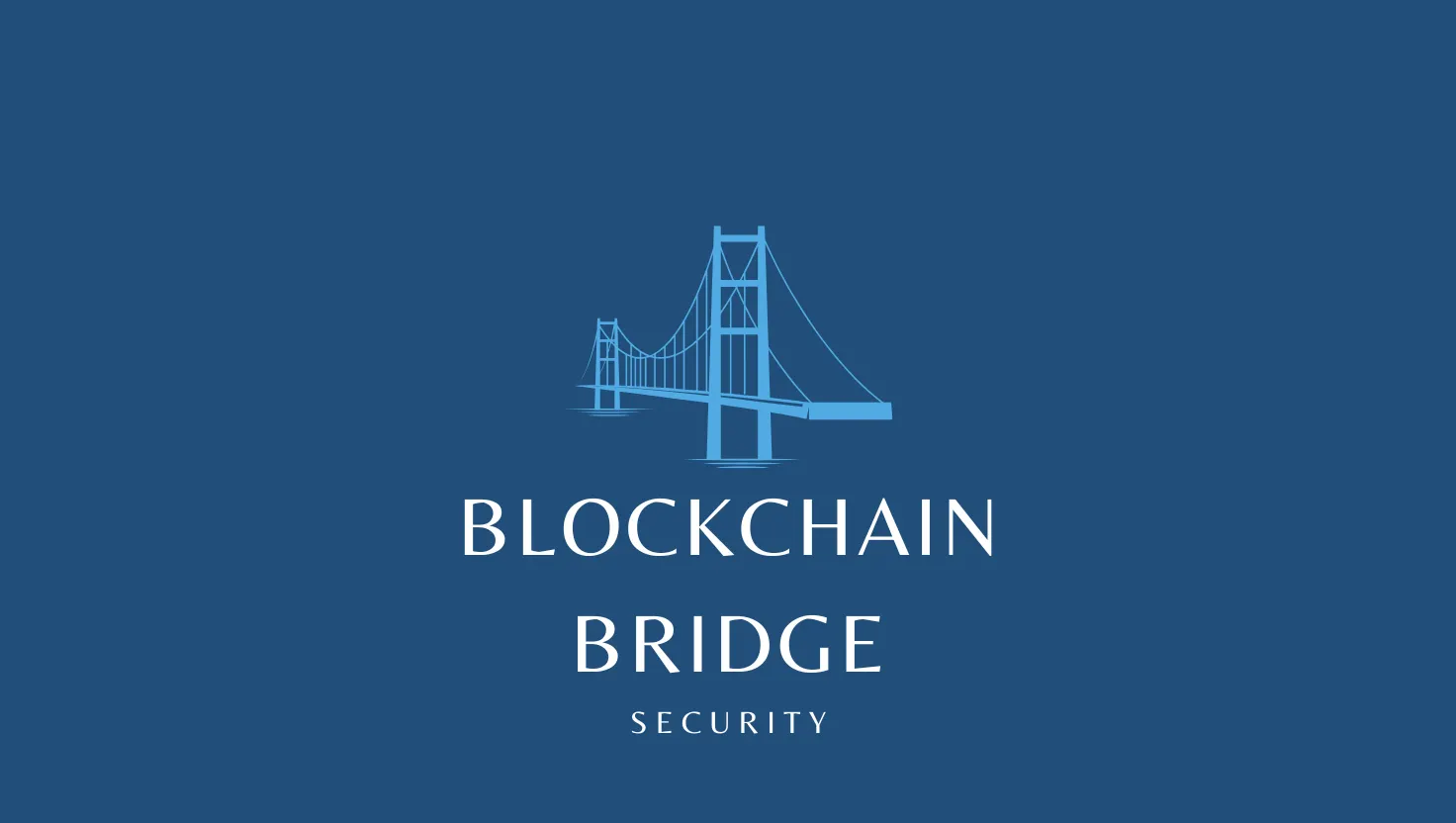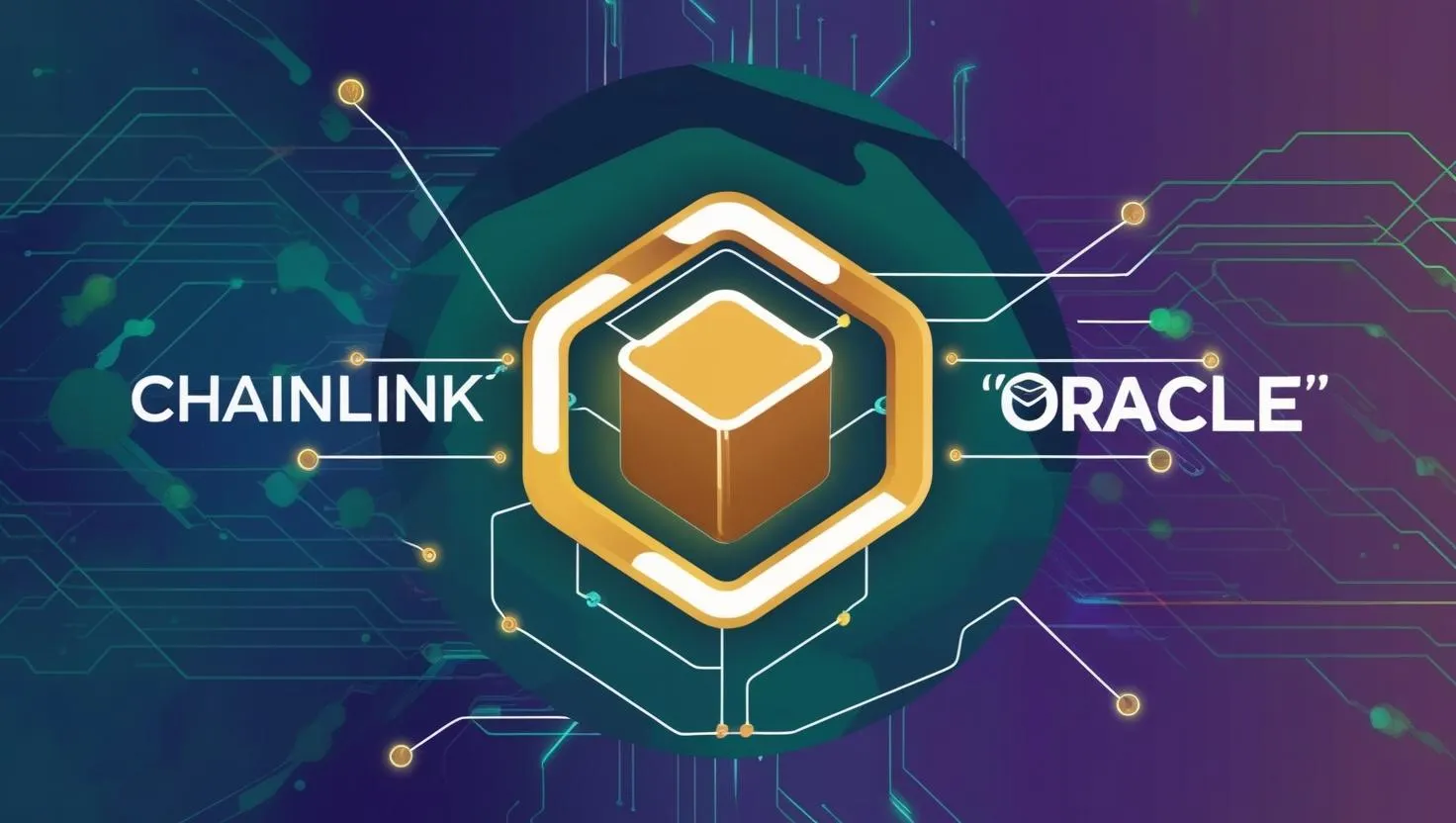LayerEdge: A Decentralized Bitcoin Layer-2 Solution
Overview
LayerEdge is a decentralized layer-2 scaling solution built to enhance Bitcoin’s blockchain capabilities by integrating Zero-Knowledge (ZK) proofs and BitVM technology. It aims to address Bitcoin’s scalability limitations while preserving its proof-of-work (PoW) security model.
By enabling faster, cheaper, and more secure transactions, LayerEdge seeks to supercharge Bitcoin’s blockspace and expand its utility for decentralized finance (DeFi), smart contracts, and other Web3 applications without compromising its core principles of decentralization and security.
Key Features
Zero-Knowledge Proofs (ZK Proofs):
- LayerEdge utilizes ZK proofs to enable off-chain computation while ensuring transaction validity can be verified on Bitcoin’s layer-1 blockchain. LayerEdge allows for private, scalable, and efficient transactions without relying on trusted intermediaries.
- ZK proofs enable LayerEdge to compress transaction data, reducing the burden on Bitcoin’s main chain while maintaining cryptographic security.
BitVM Integration:
- Built on BitVM, a protocol that enables Turing-complete computations on Bitcoin, LayerEdge supports complex smart contracts and stateful computations. This allows Bitcoin to handle more sophisticated applications, such as DeFi protocols, that were previously limited to other blockchains like Ethereum.
- BitVM enables LayerEdge to process computations across multiple transactions and user interactions, making Bitcoin a more programmable platform.
Scalability and Cost Efficiency:
- LayerEdge processes transactions off-chain, batching them for settlement on Bitcoin’s main chain. This reduces transaction fees and increases throughput, addressing Bitcoin’s limitation of approximately 7 transactions per second (TPS).
- By optimizing blockspace usage, LayerEdge makes Bitcoin transactions more affordable, especially for smaller or frequent transactions.
Preserving Bitcoin’s Security:
- Unlike some layer-2 solutions that rely on sidechains or custodians, LayerEdge maintains Bitcoin’s PoW security model. Transactions are settled on Bitcoin’s layer 1, ensuring the same level of decentralization and trustlessness.
- The use of ZK proofs and BitVM ensures that off-chain transactions are cryptographically secure and verifiable on-chain.
Interoperability and DeFi Potential:
- LayerEdge aims to bridge Bitcoin with other blockchains, enabling cross-chain interactions. For example, it could facilitate the movement of Bitcoin-based assets into DeFi ecosystems on Ethereum or other networks, expanding Bitcoin’s utility in Web3.
- The project supports the development of decentralized applications (dApps) on Bitcoin, such as lending platforms, decentralized exchanges (DEXs), and yield-generating protocols.
Technical Architecture:
- Layer-2 Framework: LayerEdge operates as a layer-2 network, processing transactions off-chain while periodically anchoring data to Bitcoin’s main chain. This reduces congestion on Bitcoin’s blockchain, which is limited by its 10-minute block time and data capacity.
- ZK Rollups: LayerEdge likely employs ZK rollups, a technique where transactions are bundled (or “rolled up”) off-chain, and a single proof is submitted to Bitcoin’s main chain. This proof verifies the correctness of all bundled transactions, minimizing on-chain data requirements.
- BitVM for Programmability: BitVM allows LayerEdge to execute complex smart contracts by breaking computations into smaller, verifiable steps. This enables Bitcoin to support stateful applications, such as staking or governance protocols, without altering its core protocol.
- Decentralized Network: LayerEdge operates as a decentralized network of nodes, ensuring no single point of failure. Validators or operators can participate by staking tokens, aligning with Bitcoin’s ethos of permissionless participation.
Use Cases:
Bitcoin DeFi: LayerEdge enables DeFi applications on Bitcoin, such as decentralized lending, borrowing, and trading platforms. For example, projects like SUBFROST, built on similar Bitcoin layer-2 frameworks, allow users to stake BTC and earn native yield without leaving Bitcoin’s layer-1.
Cross-Chain Bridges: LayerEdge’s infrastructure supports bridgeless token bridges, allowing Bitcoin-based assets to interact with other blockchains. This could enable Bitcoin holders to participate in DeFi ecosystems on Ethereum or Solana without relying on centralized custodians. Scalable Payments: By reducing transaction fees and increasing TPS, LayerEdge makes Bitcoin more viable for microtransactions and everyday payments, competing with platforms like Visa, which processes 65,000 TPS. Web3 Infrastructure: LayerEdge positions Bitcoin as a programmable security layer for Web3, securing proof-of-stake (PoS) chains or enabling AI-driven applications. For instance, it could support decentralized AI agents or NFT marketplaces natively on Bitcoin.Current Status and Roadmap:
- Development Stage: LayerEdge is a relatively new project, with significant buzz in the Bitcoin community as of May 2025. It is likely in the early stages of deployment, with ongoing development and testing of its ZK proof and BitVM integrations.
- Community Engagement: The project has garnered attention on X, with posts highlighting its potential to “supercharge” Bitcoin’s blockspace and bring DeFi to Bitcoin. Enthusiasts are optimistic about its role in the upcoming Bitcoin halving cycle and broader Web3 adoption.
- Roadmap Highlights: While specific milestones are not fully detailed in available sources, LayerEdge’s roadmap likely includes:
- Launching a testnet for developers to build and test dApps.
- Rolling out a mainnet with full ZK rollup and BitVM functionality.
- Potential token airdrops or staking incentives to attract early adopters, as seen in similar projects like LayerZero.
- Partnerships with DeFi protocols or other layer-2 solutions to enhance interoperability.
Tokenomics and Incentives
- Native Token: While specific details about LayerEdge’s token (if any) are not fully disclosed in the sources, similar projects often issue tokens to incentivize network participation. For example, operators may stake tokens to run nodes and earn BTC rewards, as seen in related projects like Zulu Network.
- Staking and Rewards: LayerEdge may offer staking mechanisms for early investors or node operators, similar to other Bitcoin layer-2 projects. For instance, projects like BTCBULL and The Last Dwarfs offer high APY staking rewards (e.g., 300% APY) to attract users.
- Airdrop Potential: Given the precedent set by projects like LayerZero, LayerEdge may distribute tokens via airdrops to early users or Bitcoin holders to boost adoption.
Challenges and Risks
Scalability Trade-Offs: While LayerEdge aims to improve Bitcoin’s TPS, scaling solutions like ZK rollups require significant computational resources off-chain, which could introduce complexity or centralization risks if not properly managed.
Adoption Hurdles: Competing with established layer-2 solutions like Lightning Network or other blockchains (e.g., Ethereum, Solana) may be challenging. LayerEdge must demonstrate superior performance and developer support to gain traction.
Regulatory Uncertainty: As with all crypto projects, LayerEdge faces potential regulatory scrutiny, especially if it facilitates cross-chain DeFi or tokenized assets.
Security Concerns: While ZK proofs and BitVM enhance security, any bugs in smart contracts or off-chain computation could pose risks. Rigorous auditing, as emphasized by projects like 4IRE, will be critical.Community and Market Sentiment
- X Sentiment: Posts on X reflect strong enthusiasm for LayerEdge, with users describing it as a “game-changer” for Bitcoin DeFi. The project is seen as part of a broader trend of Bitcoin evolving from a store-of-value to a programmable Web3 platform.
- Market Context: With the Bitcoin halving in 2024 and growing interest in Bitcoin ETFs, 2025 is seen as a pivotal year for Bitcoin-based projects. LayerEdge’s focus on DeFi and scalability aligns with the “Bitcoin-Fi” narrative, driven by innovations like Ordinals and BRC-20 tokens.
Why LayerEdge Matters
LayerEdge represents a significant step in unlocking Bitcoin’s potential beyond a store of value. By combining ZK proofs and BitVM, it addresses Bitcoin’s scalability and programmability limitations, making it a viable platform for DeFi, cross-chain interoperability, and Web3 applications. Unlike other blockchains that compete with Bitcoin, LayerEdge enhances Bitcoin’s core strengths, preserving its security and decentralization while enabling new use cases. Its focus on trustless, scalable solutions positions it as a key player in the evolving Bitcoin ecosystem.
Sources
-: X post by
@Zayn_BNB
, highlighting LayerEdge’s use of ZK proofs and BitVM.
-: X post by
@danheld
, discussing BitVM’s role in enabling stateful computations on Bitcoin.
- A DailyCoin article on new blockchain projects, mentioning layer-2 solutions and Bitcoin’s evolving role.
-: Investopedia article on Bitcoin’s blockchain limitations, providing context for scalability challenges. - Bitcoin.com article on new crypto projects, providing insights into staking and tokenomics trends. If you’d like me to dive deeper into LayerEdge (e.g., technical specifics, team background, or roadmap details) or explore other Bitcoin-related projects like Arch Network, Zulu Network, or SatLayer, please let me know! I can also compare multiple projects or focus on specific aspects like tokenomics or technical challenges.




